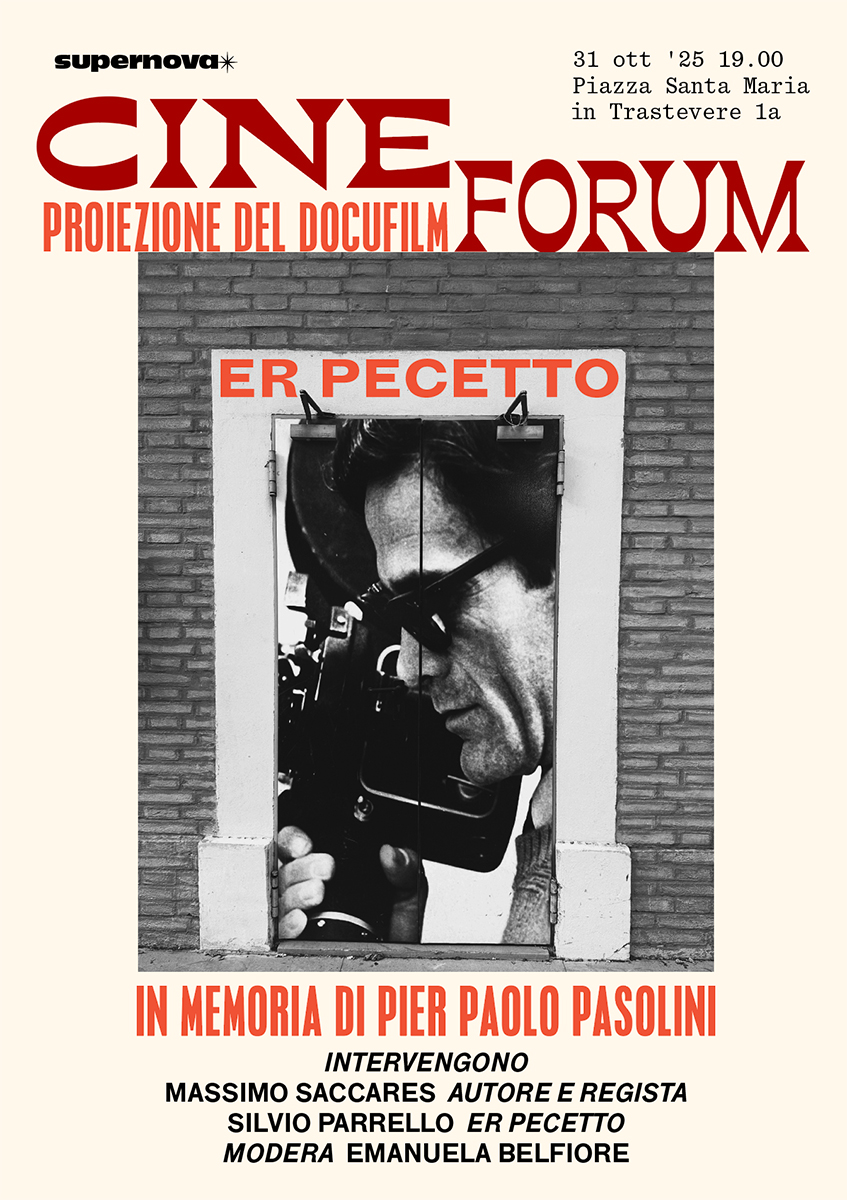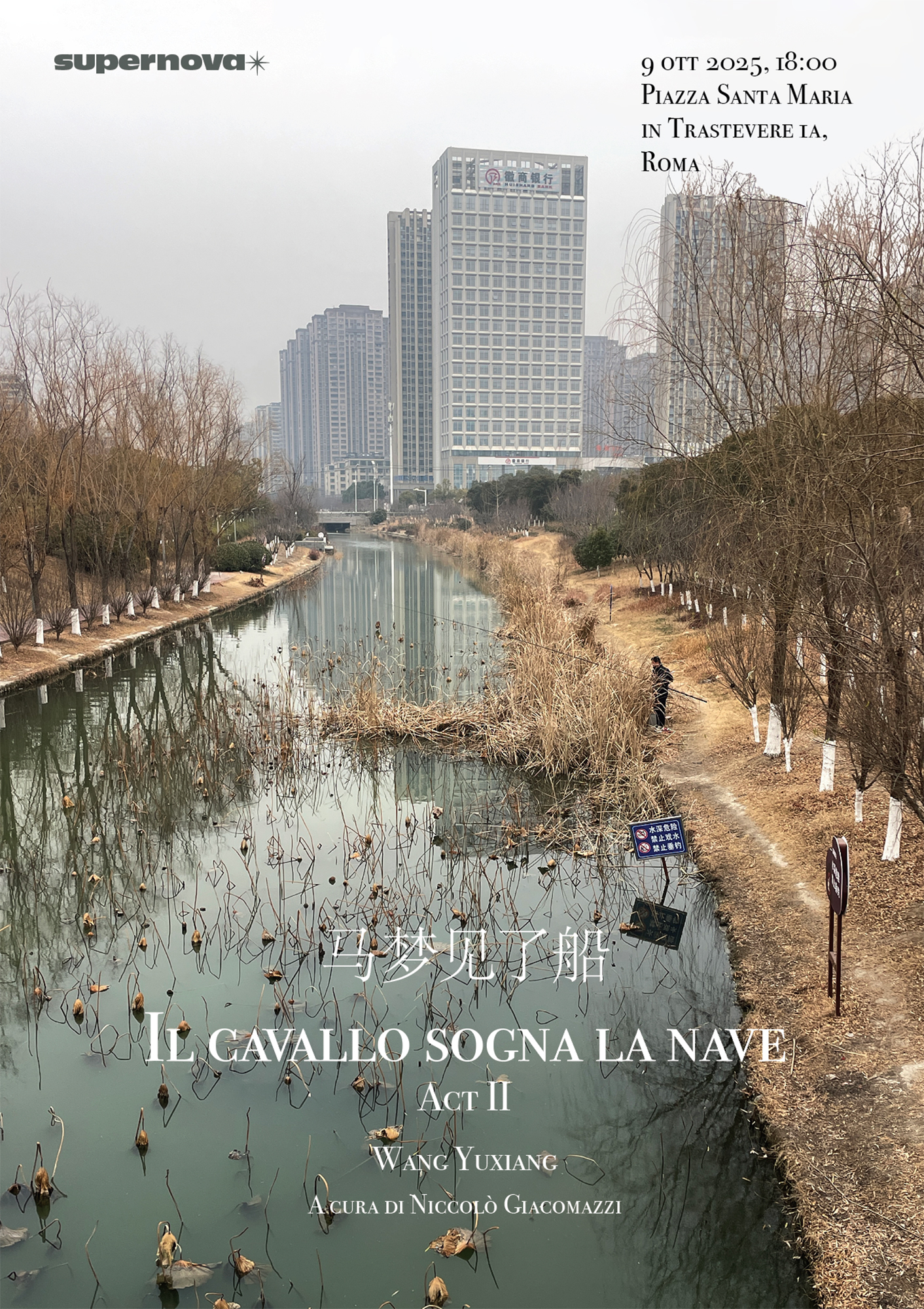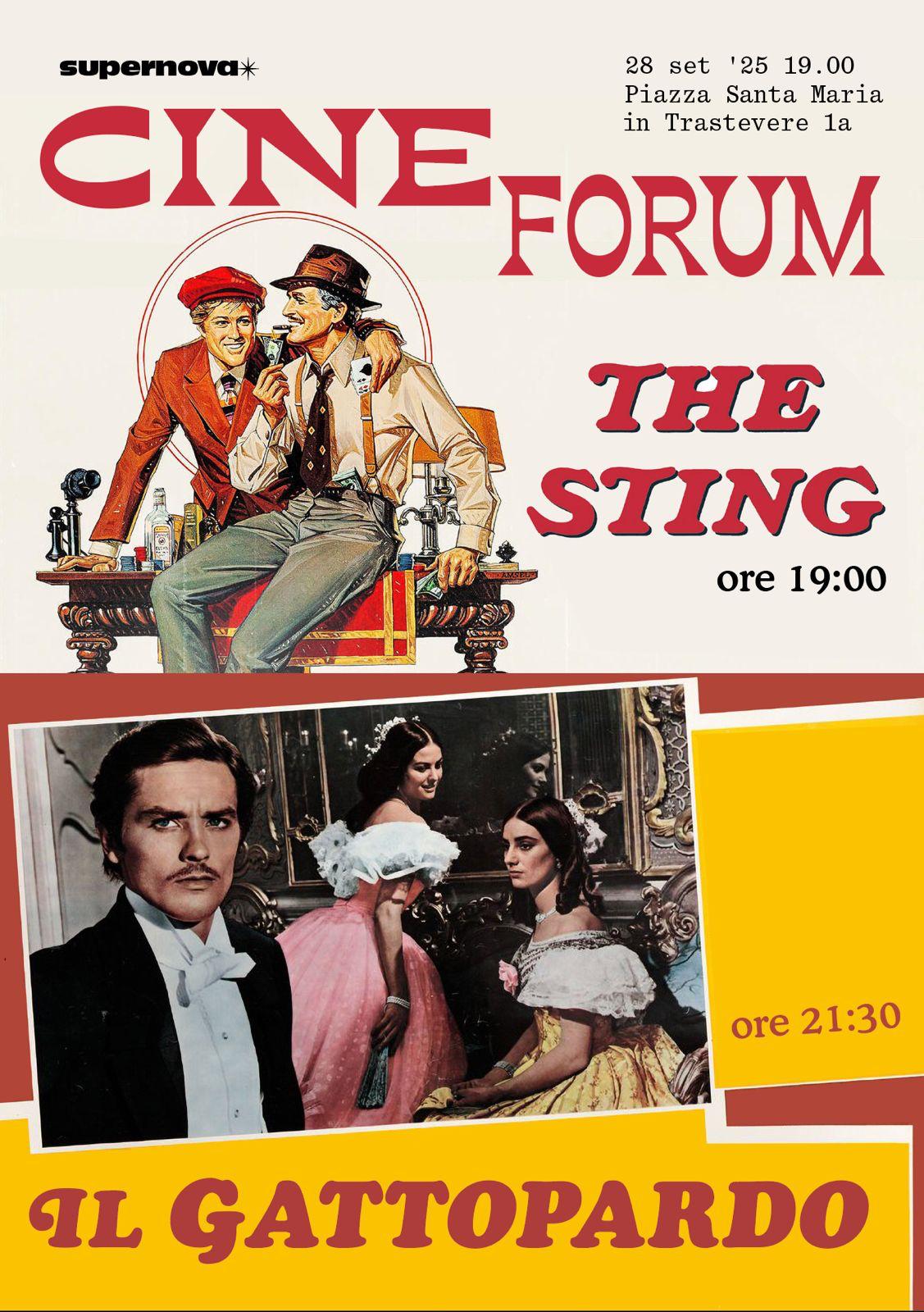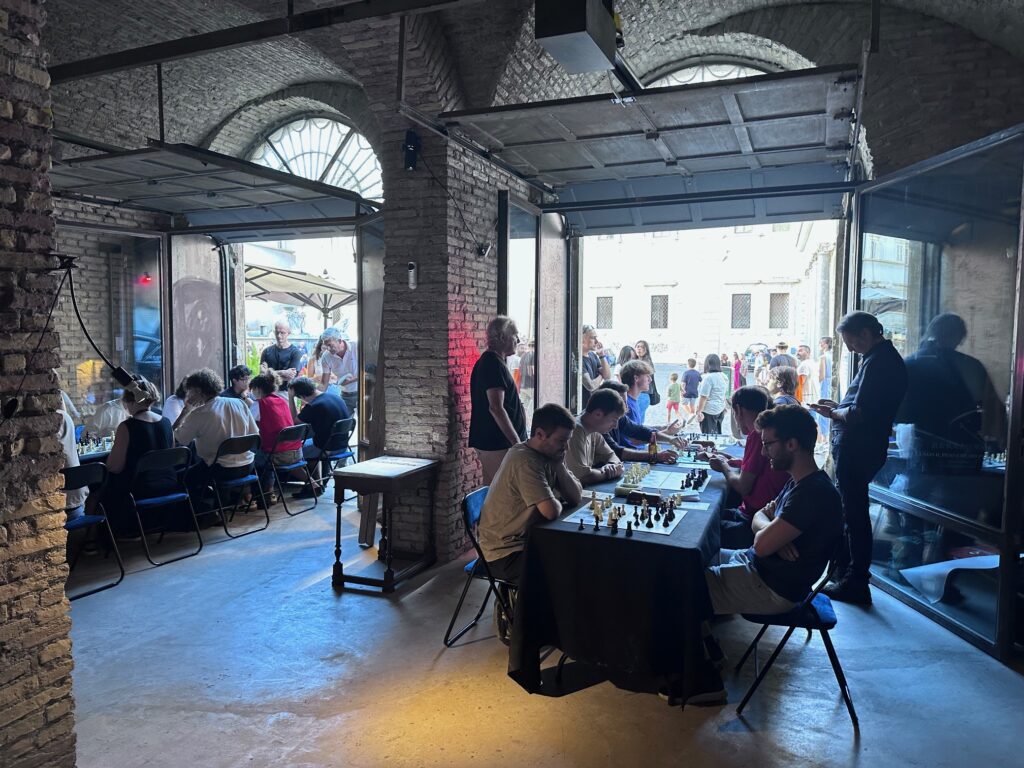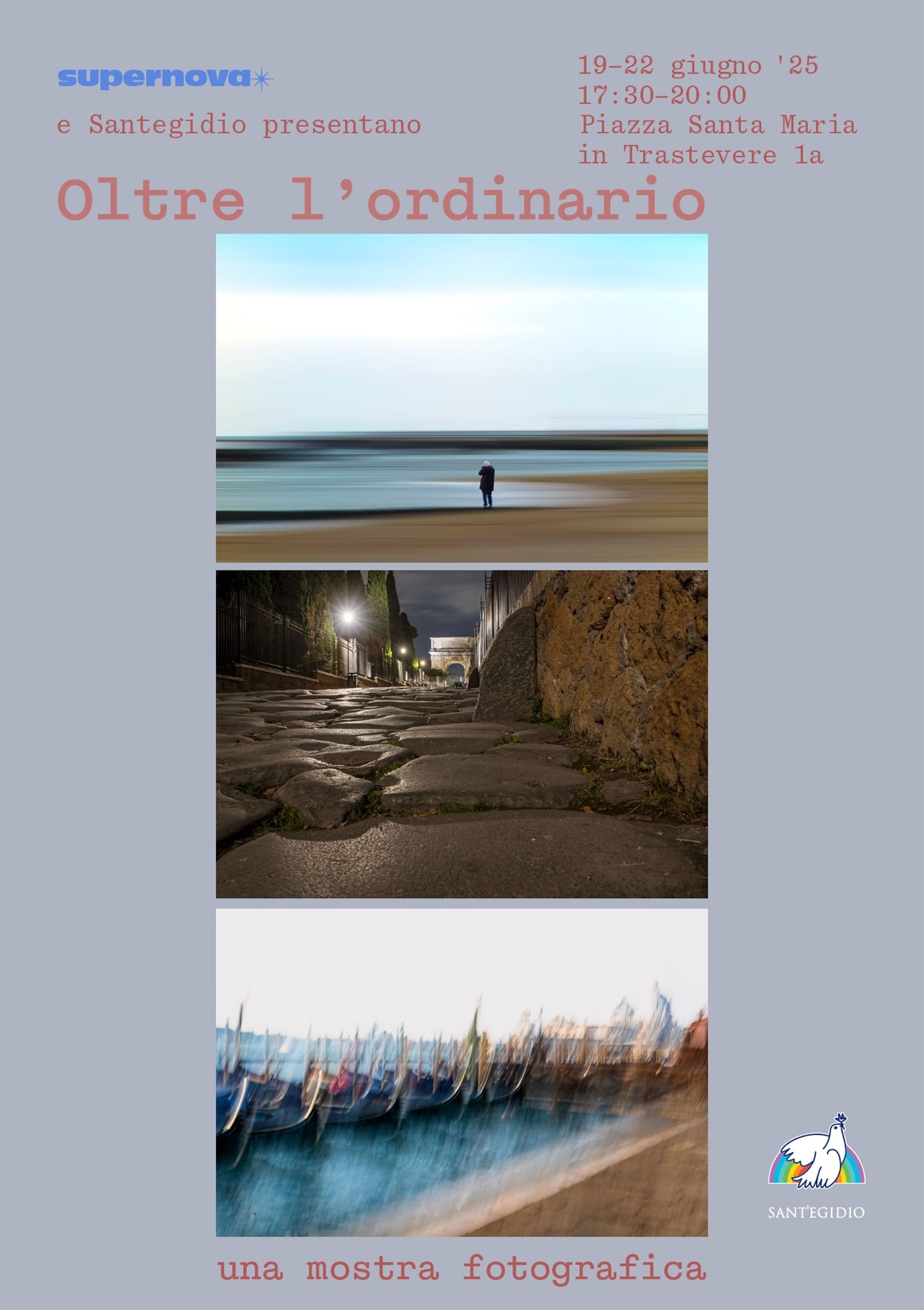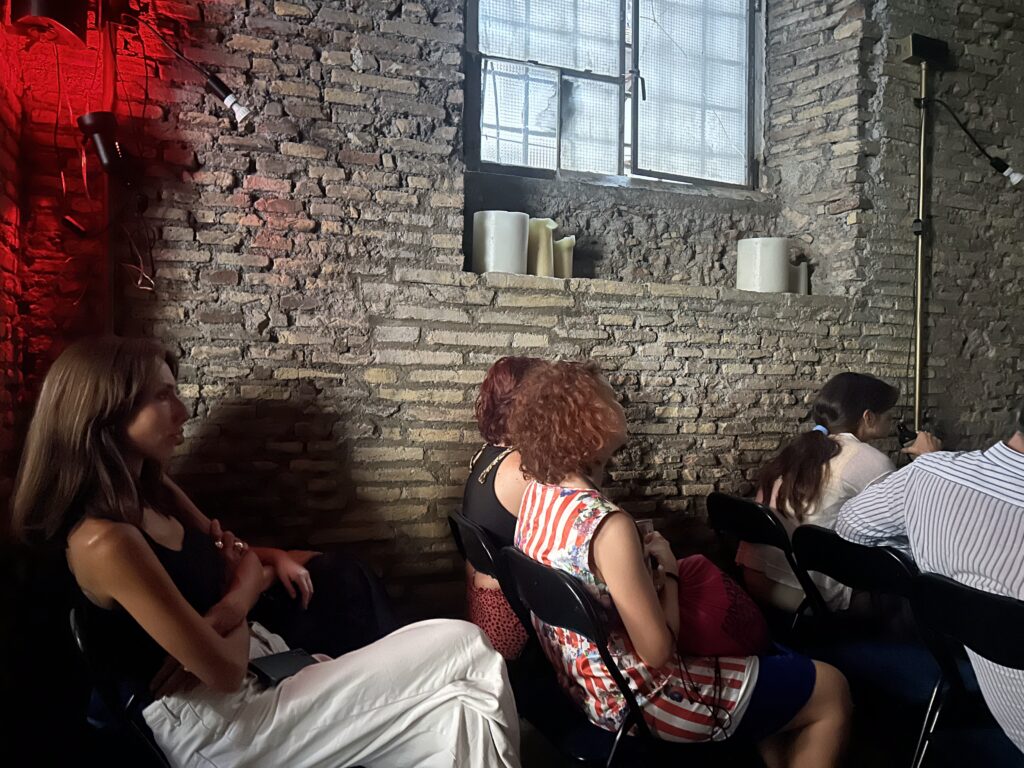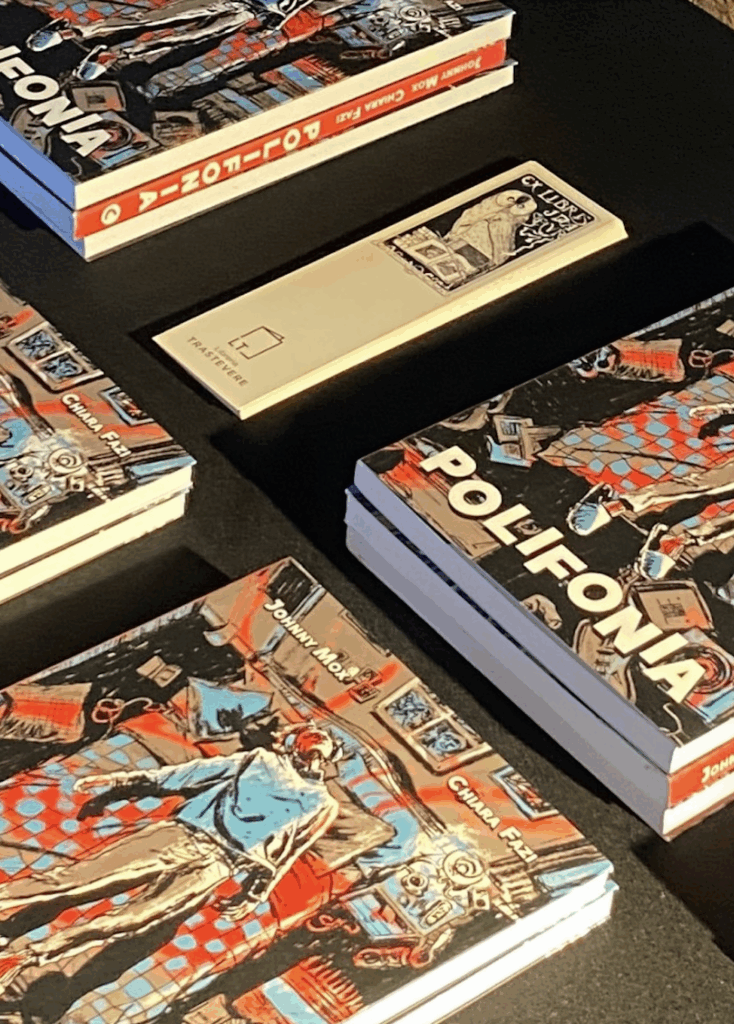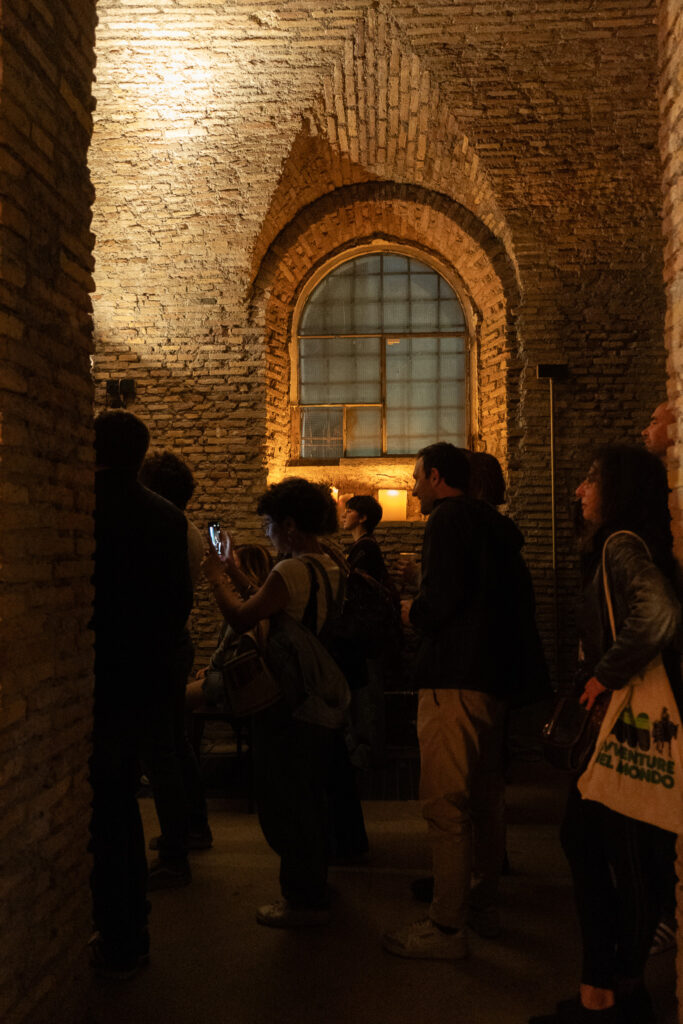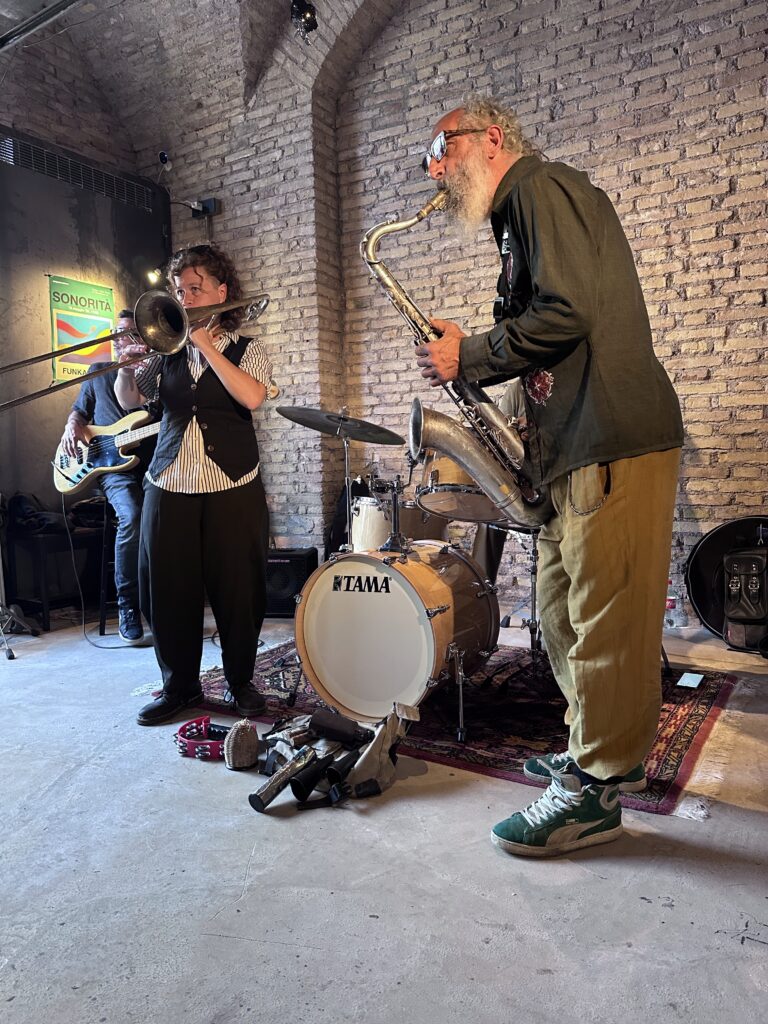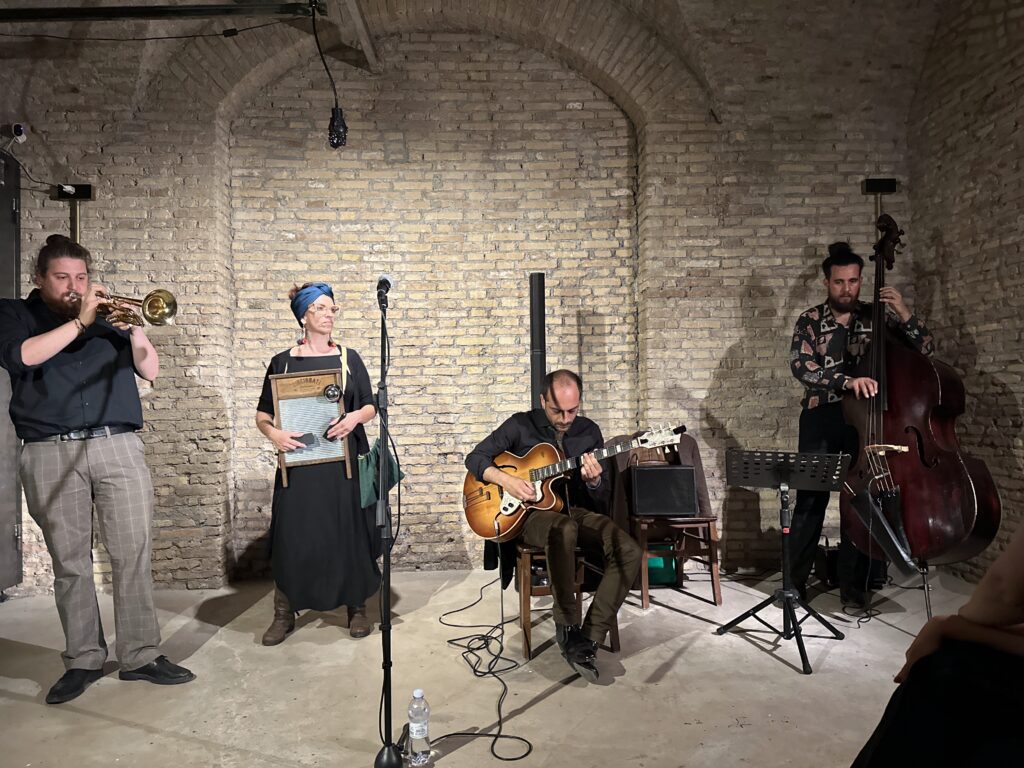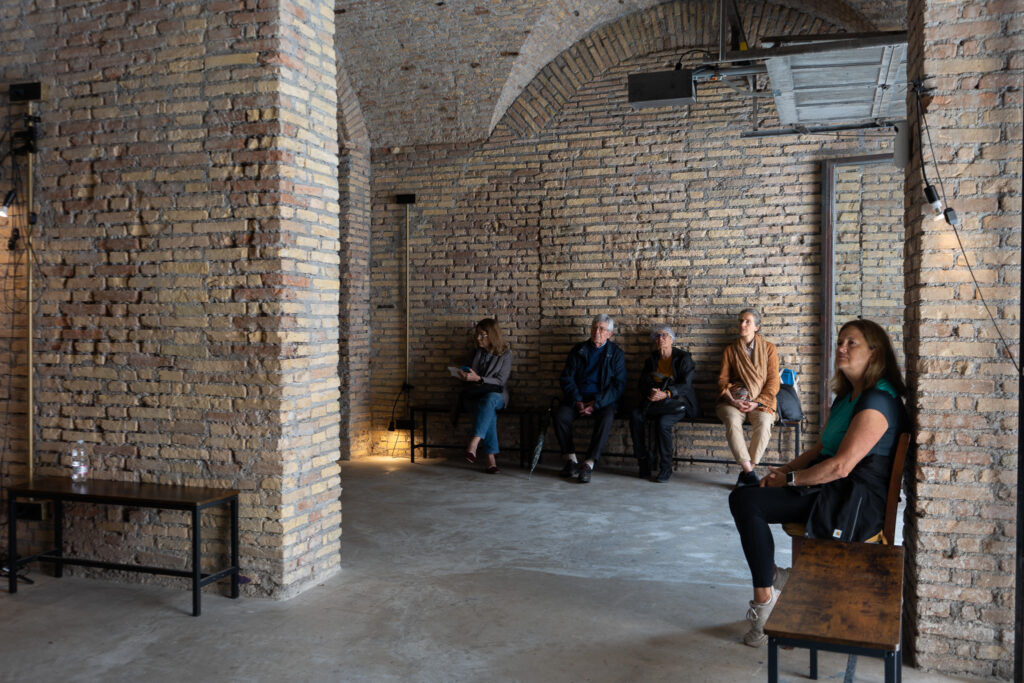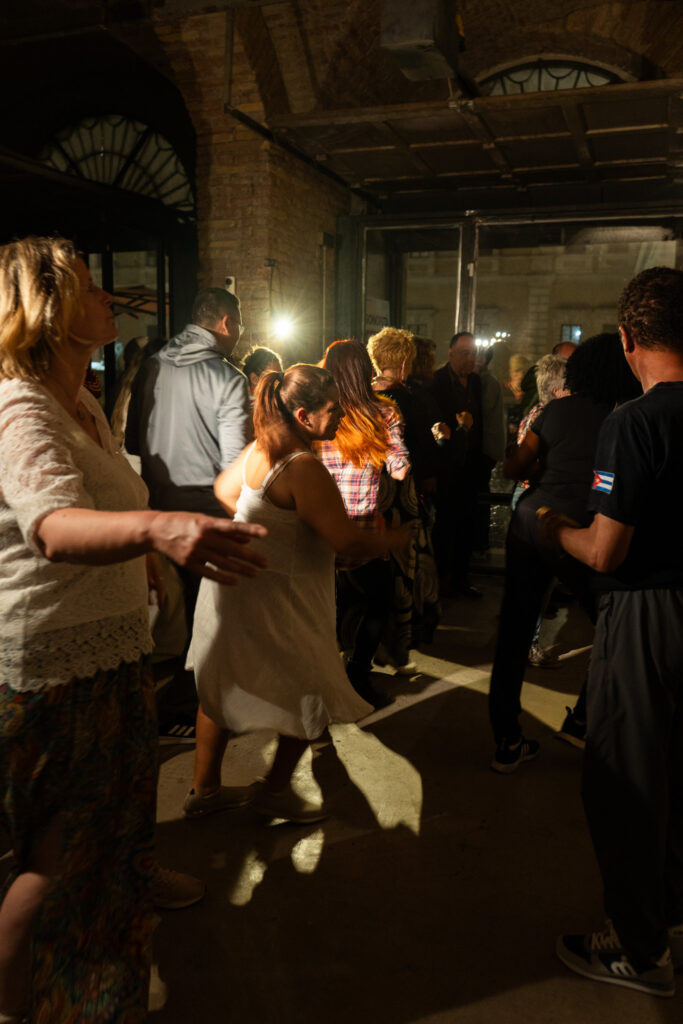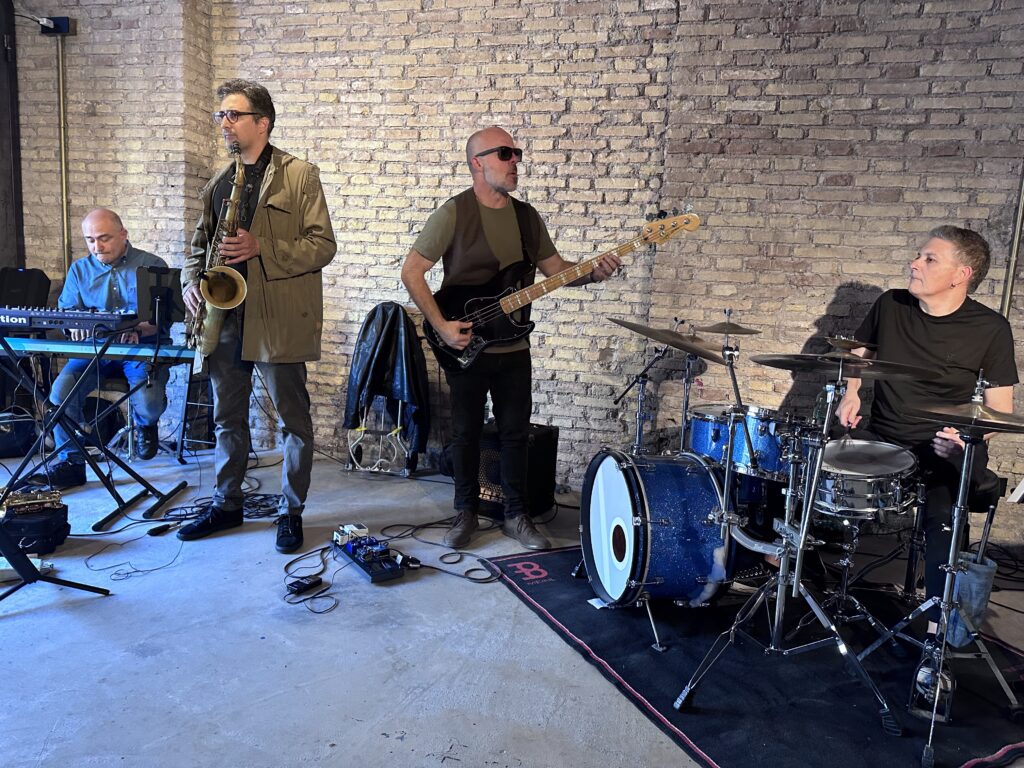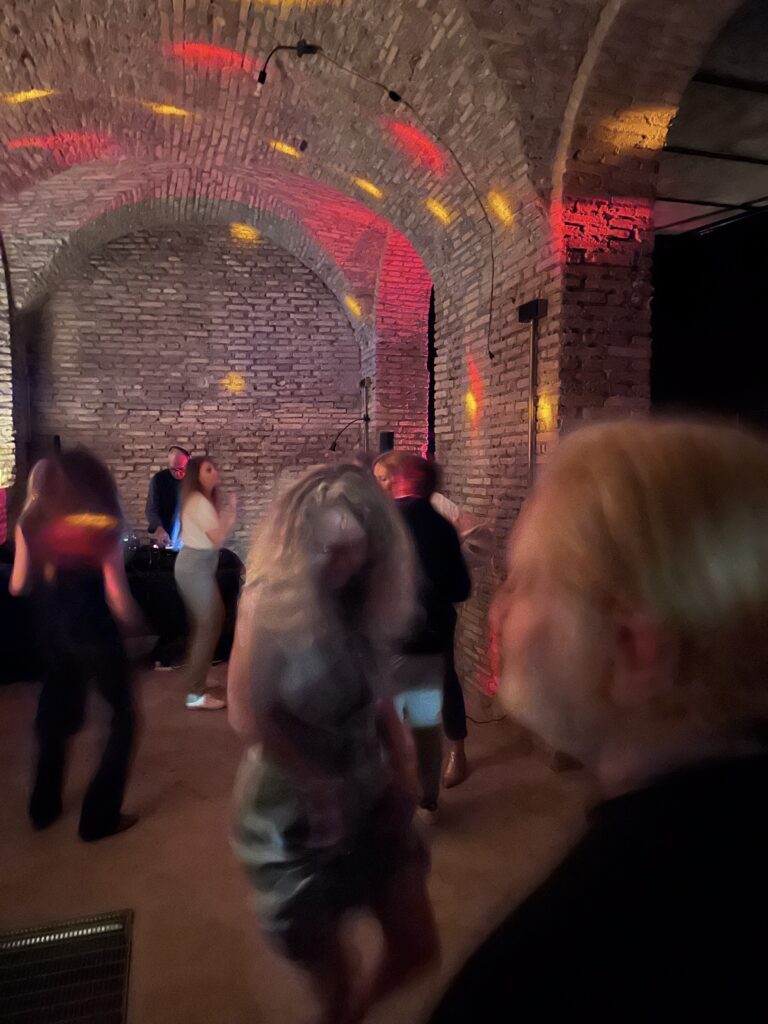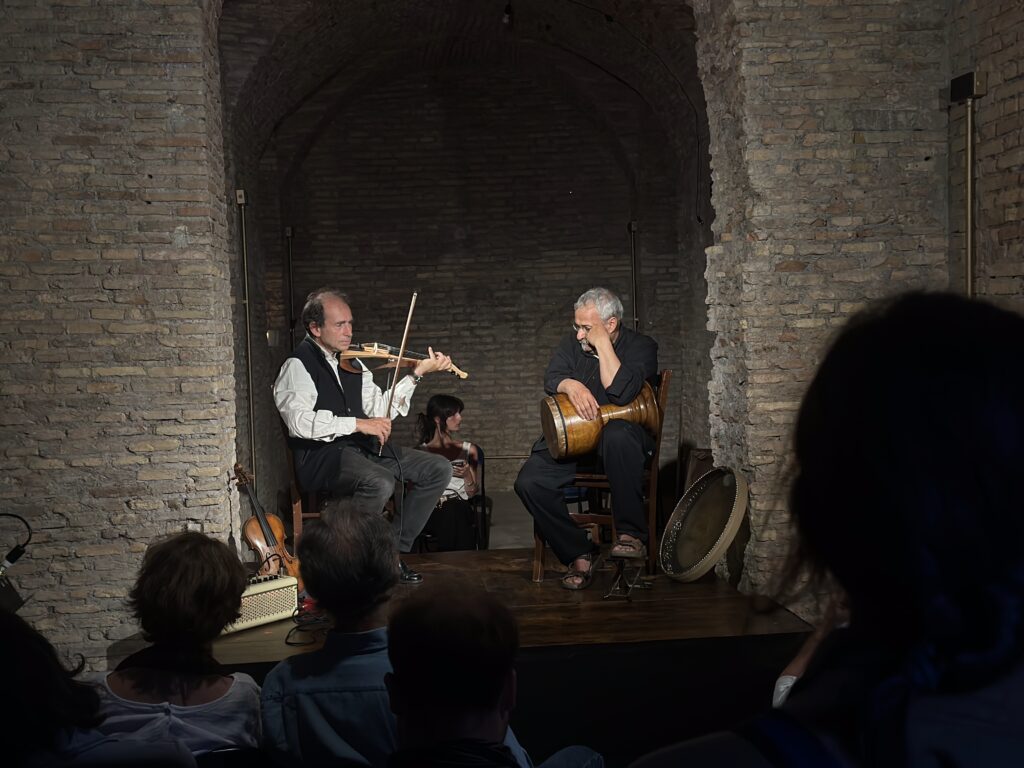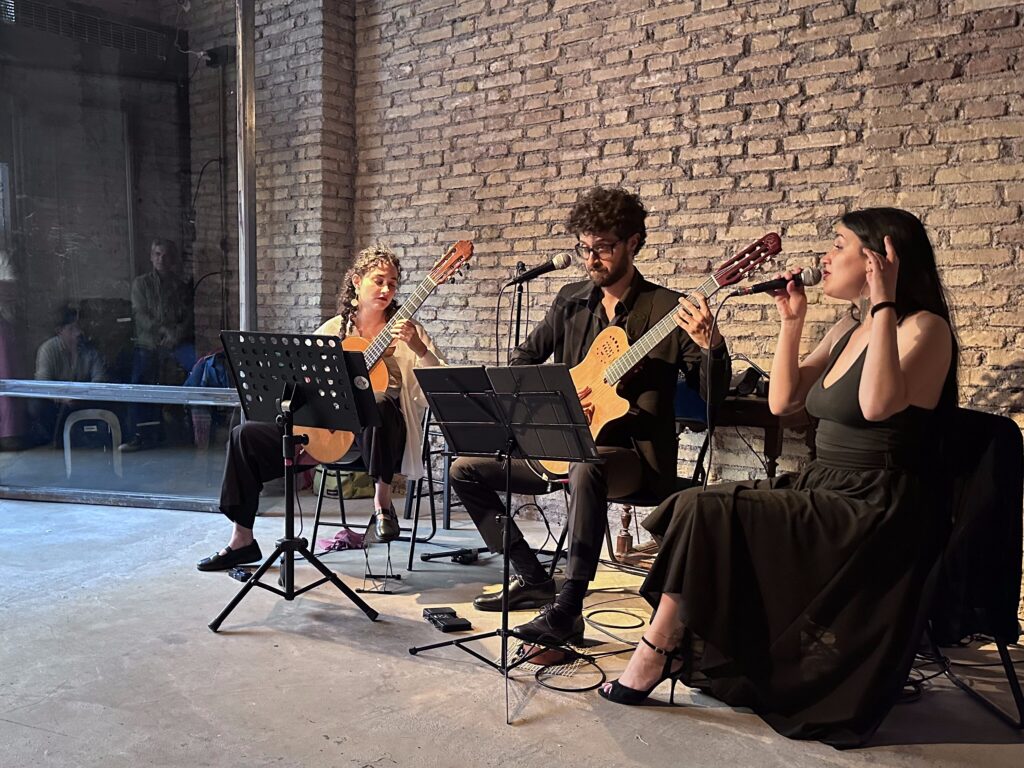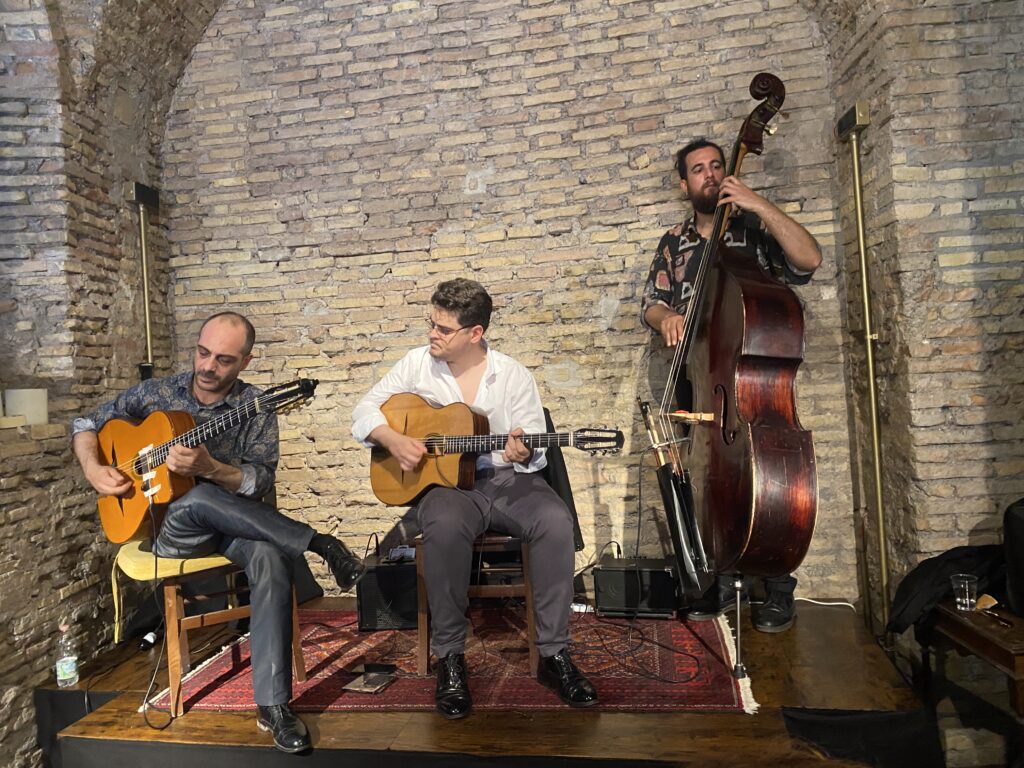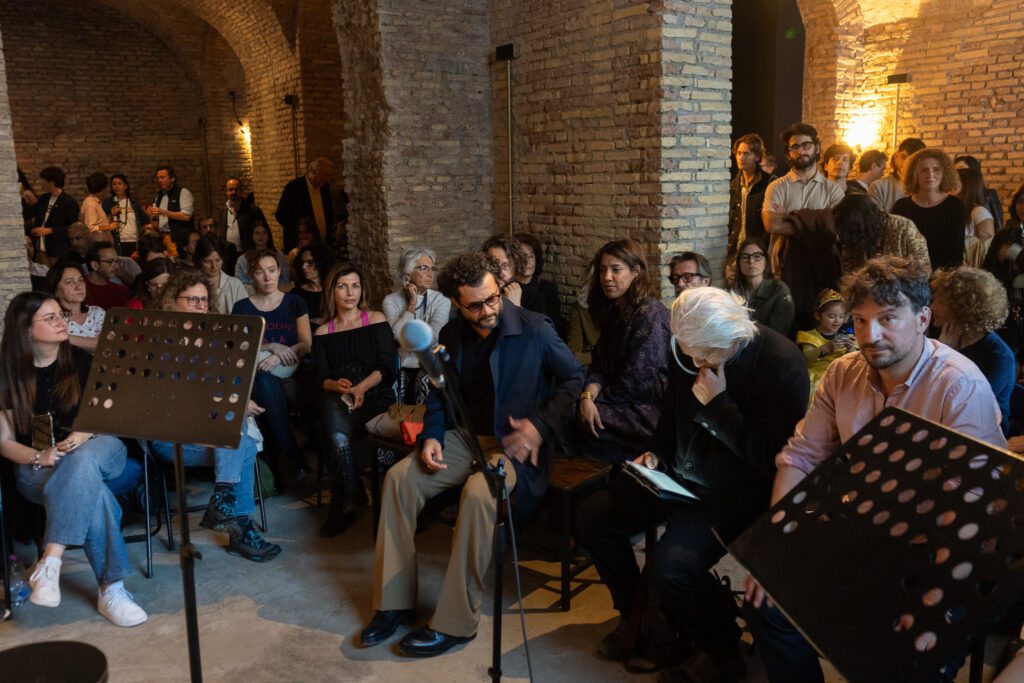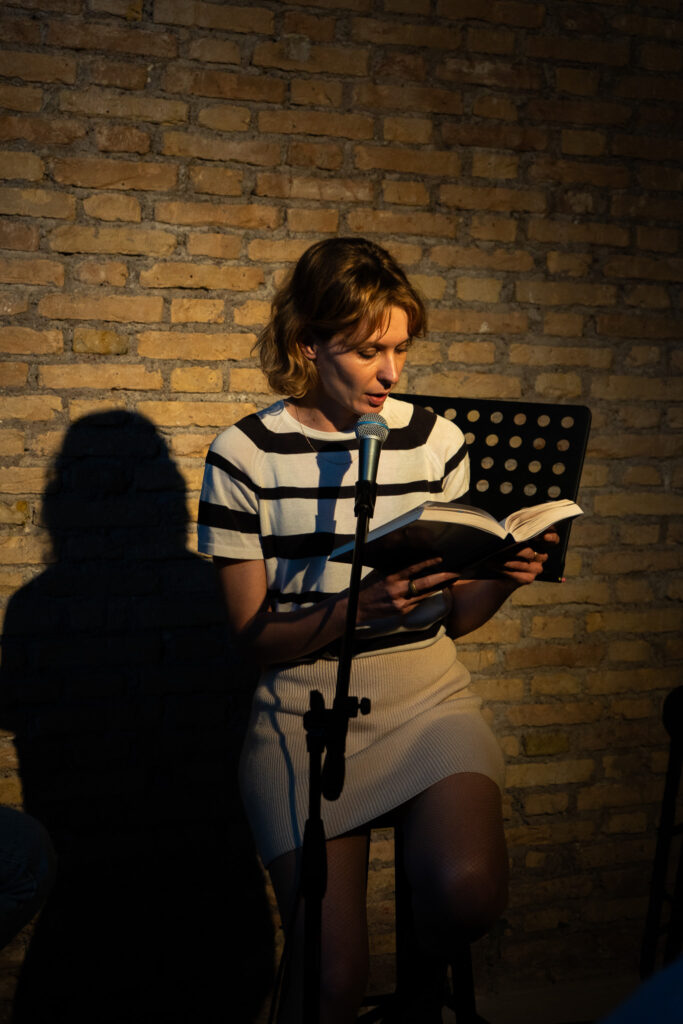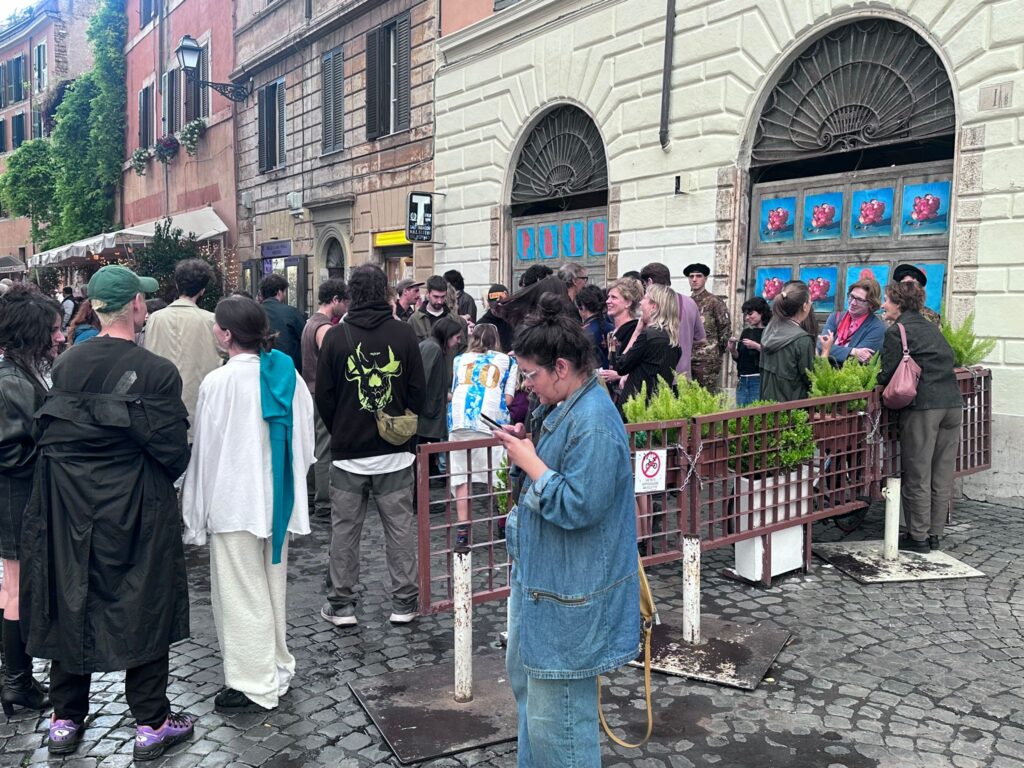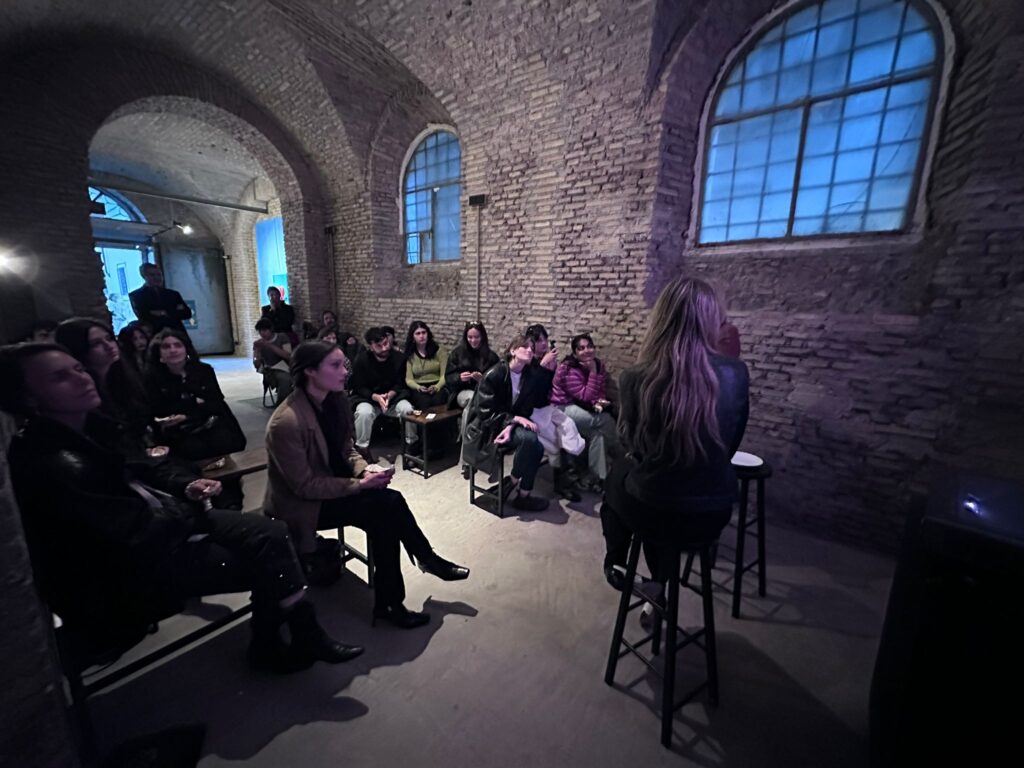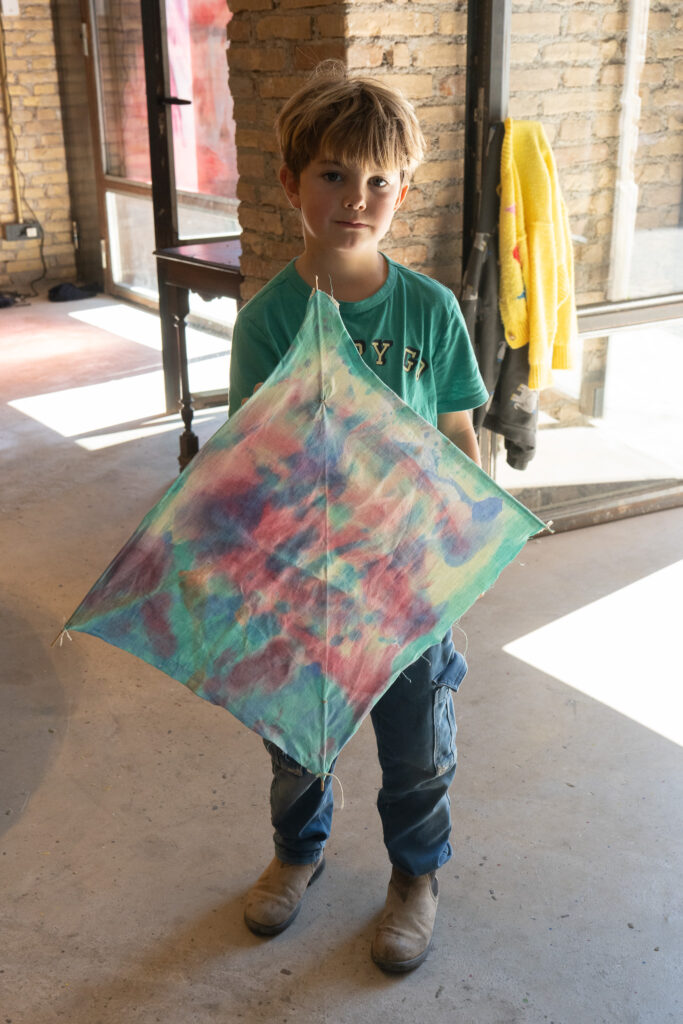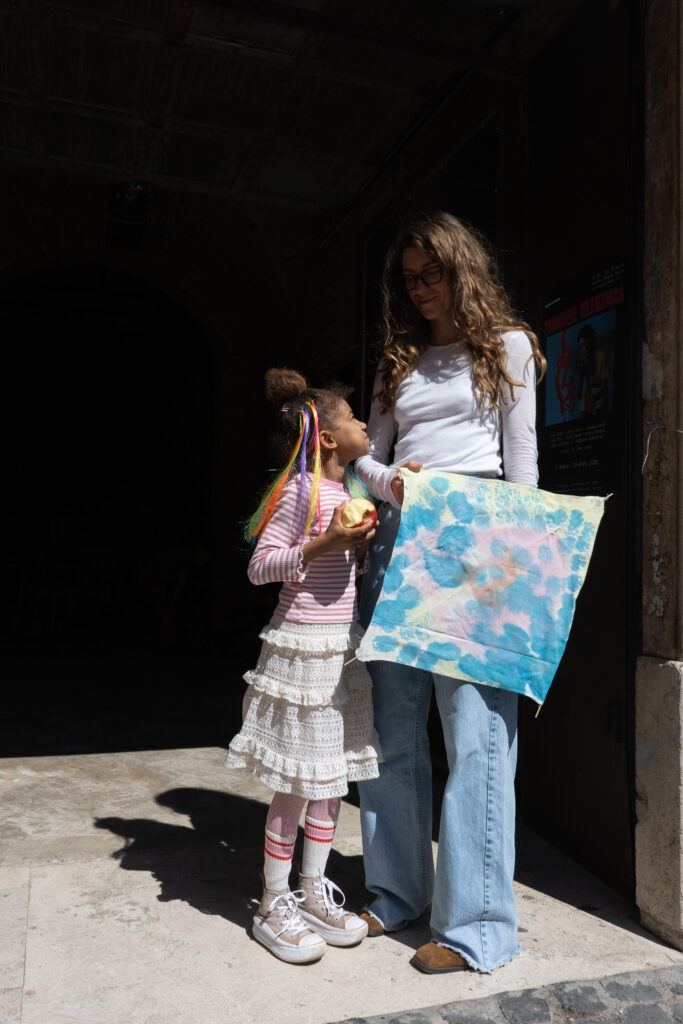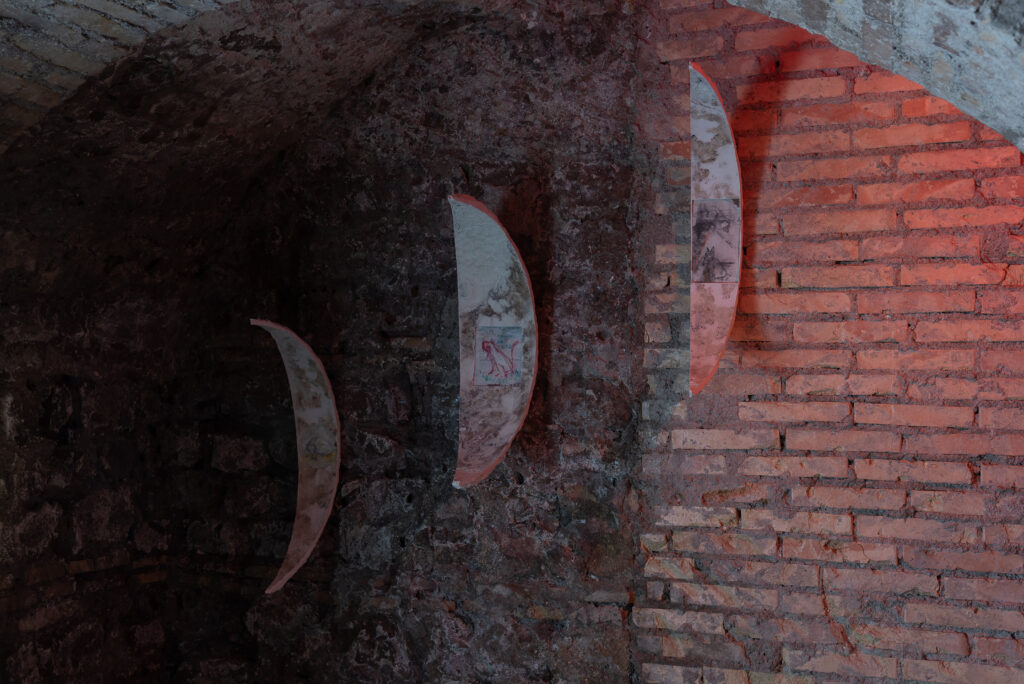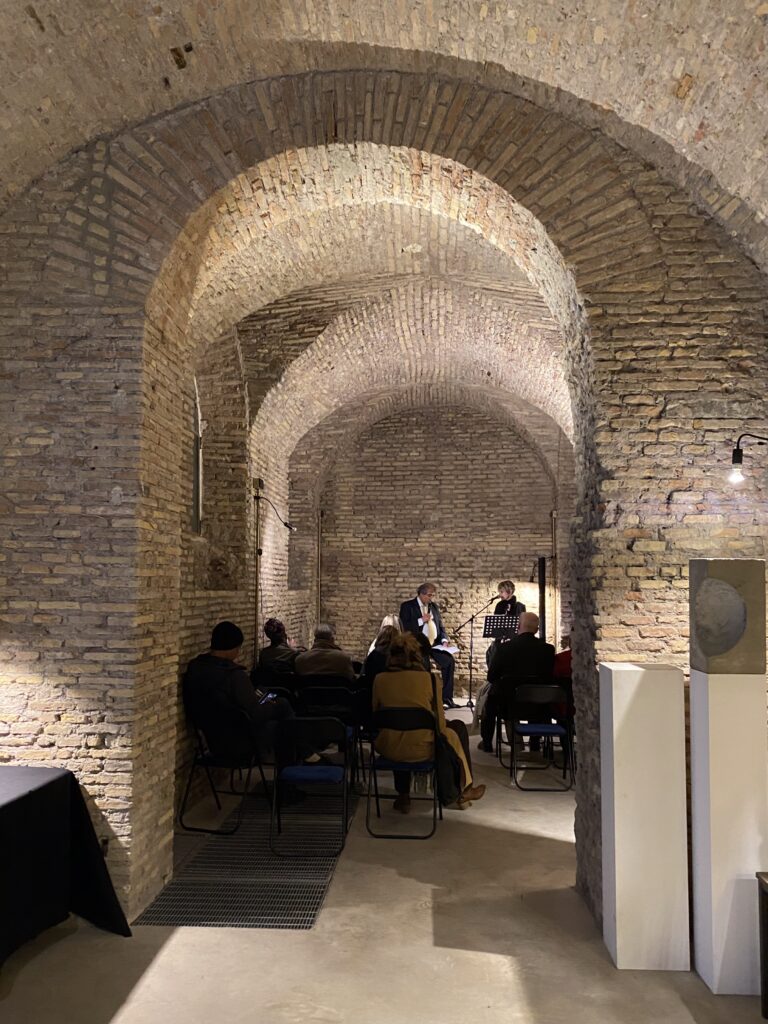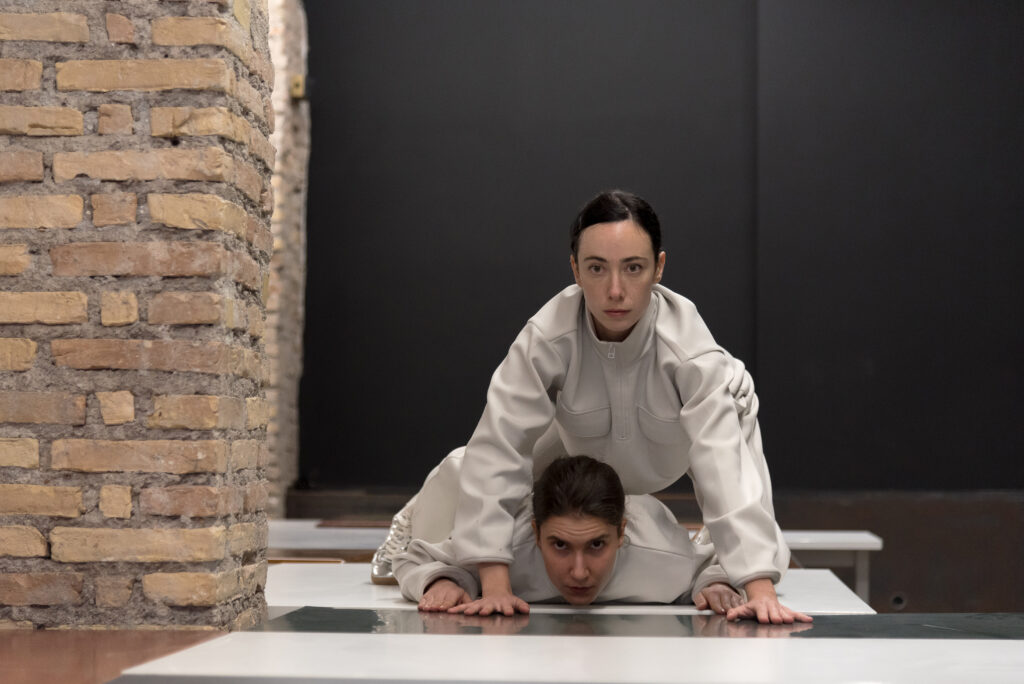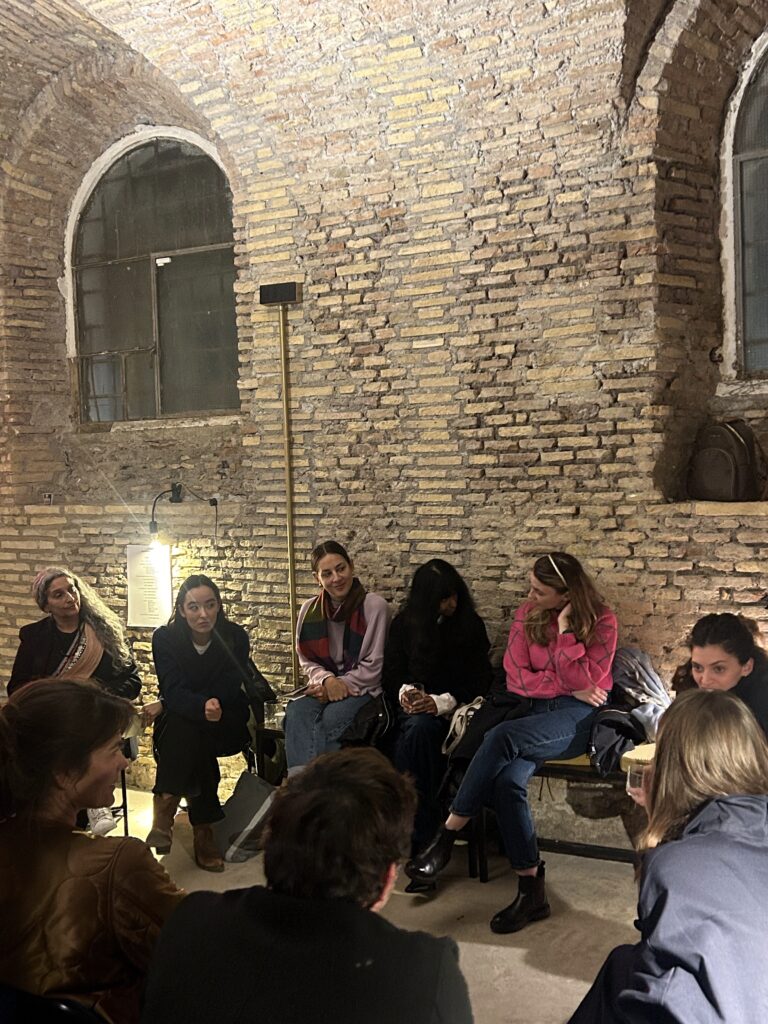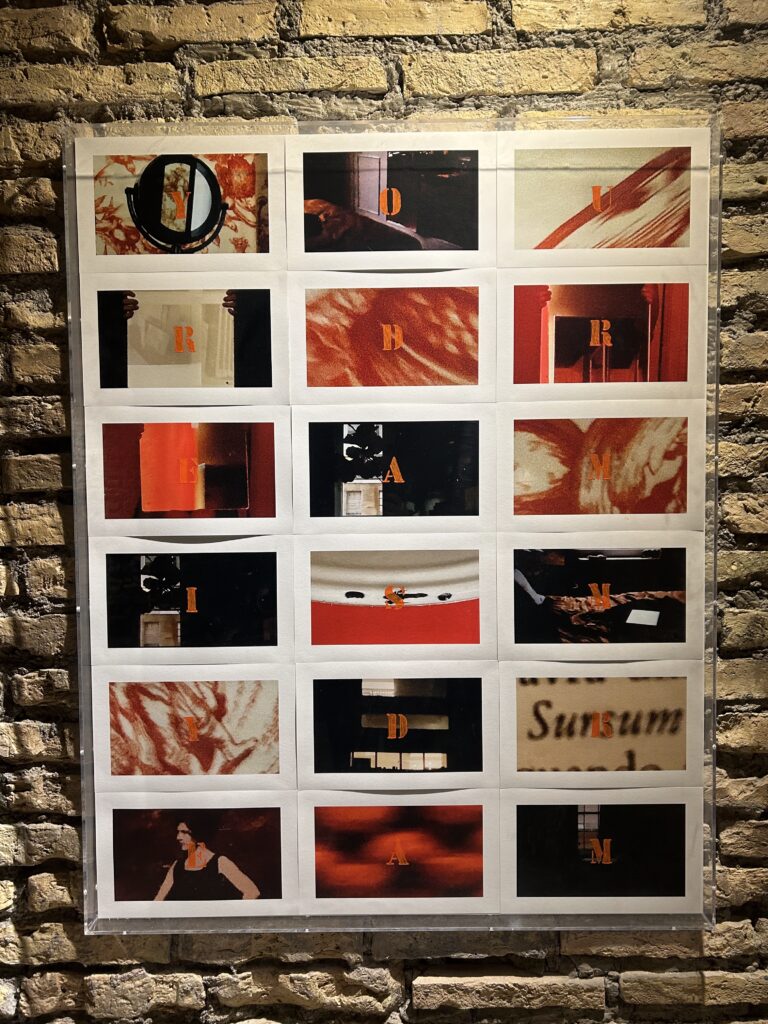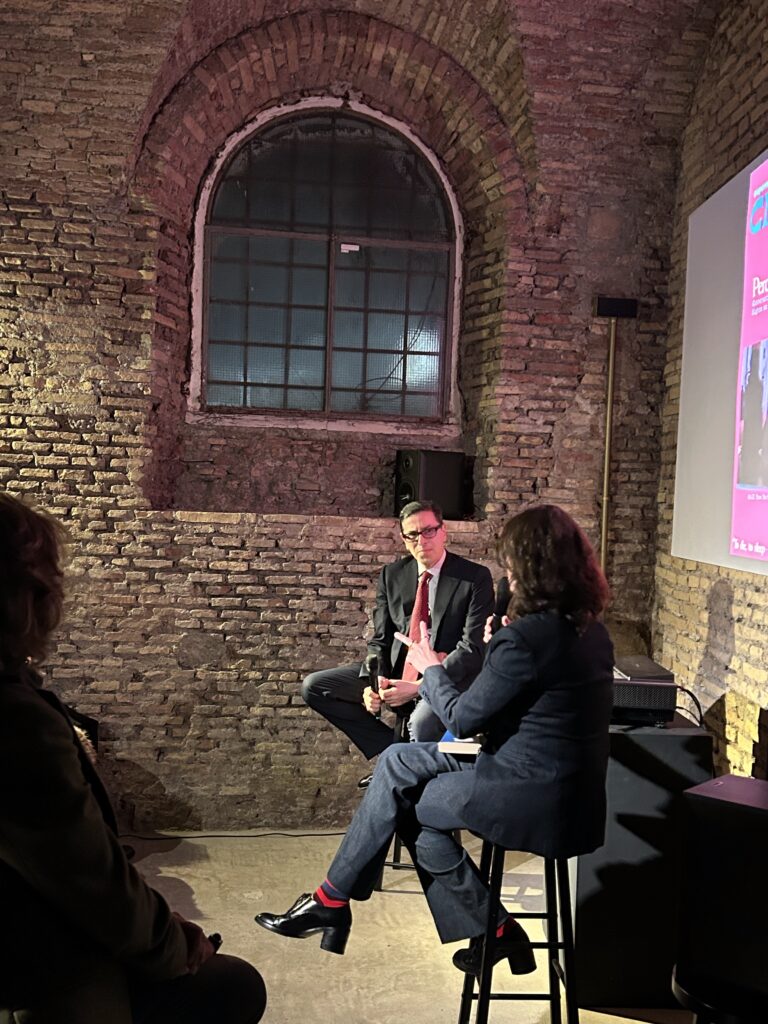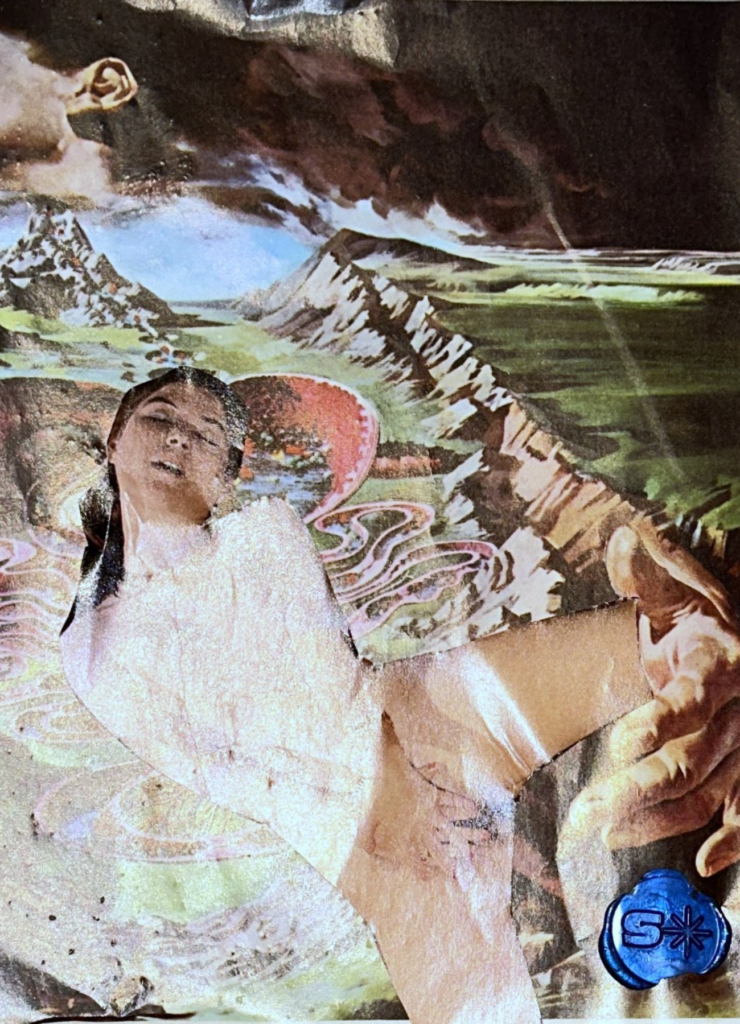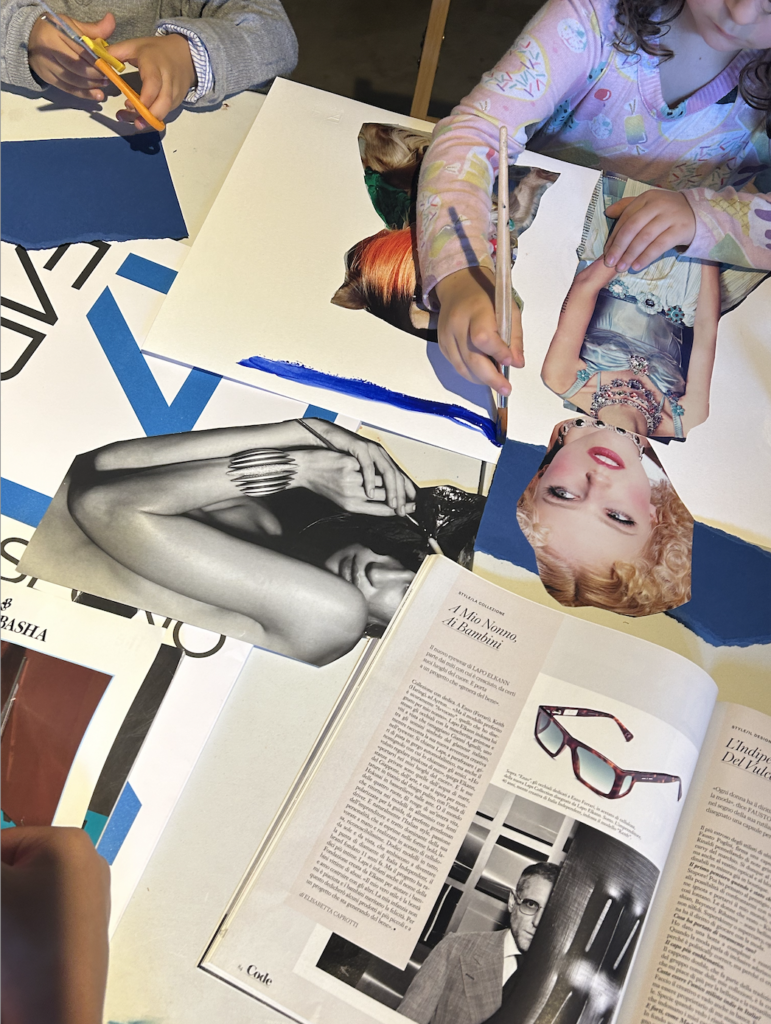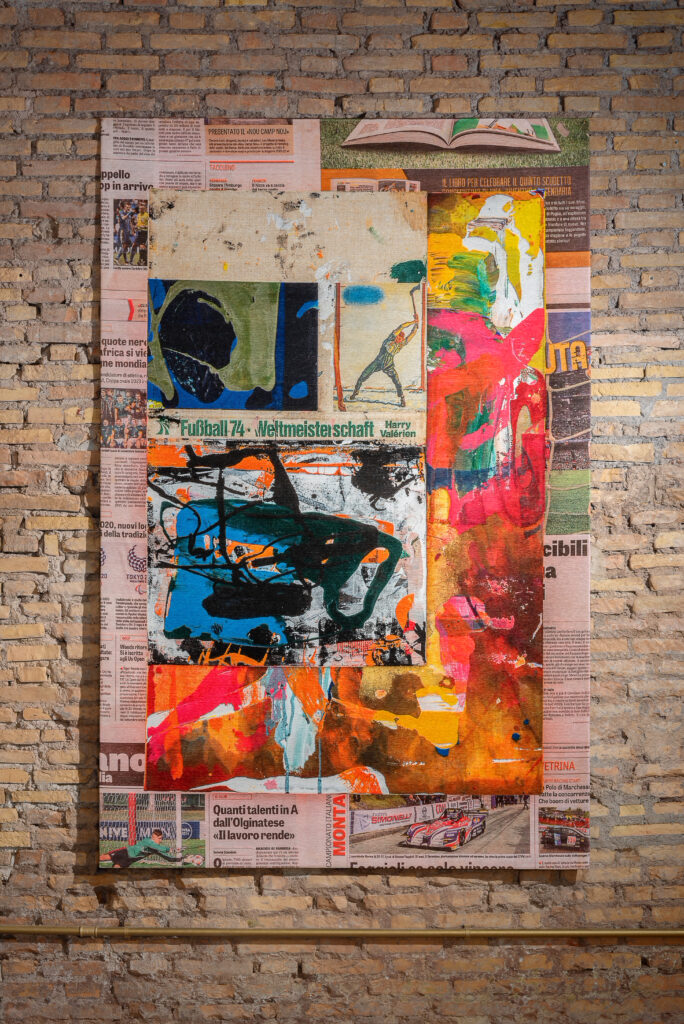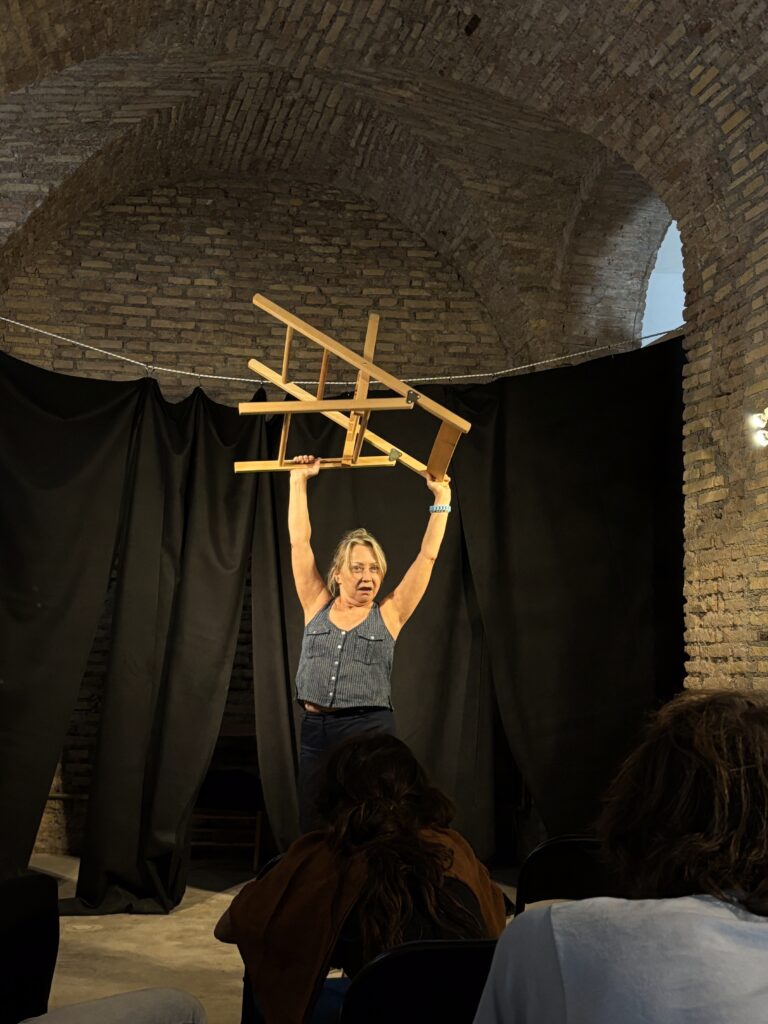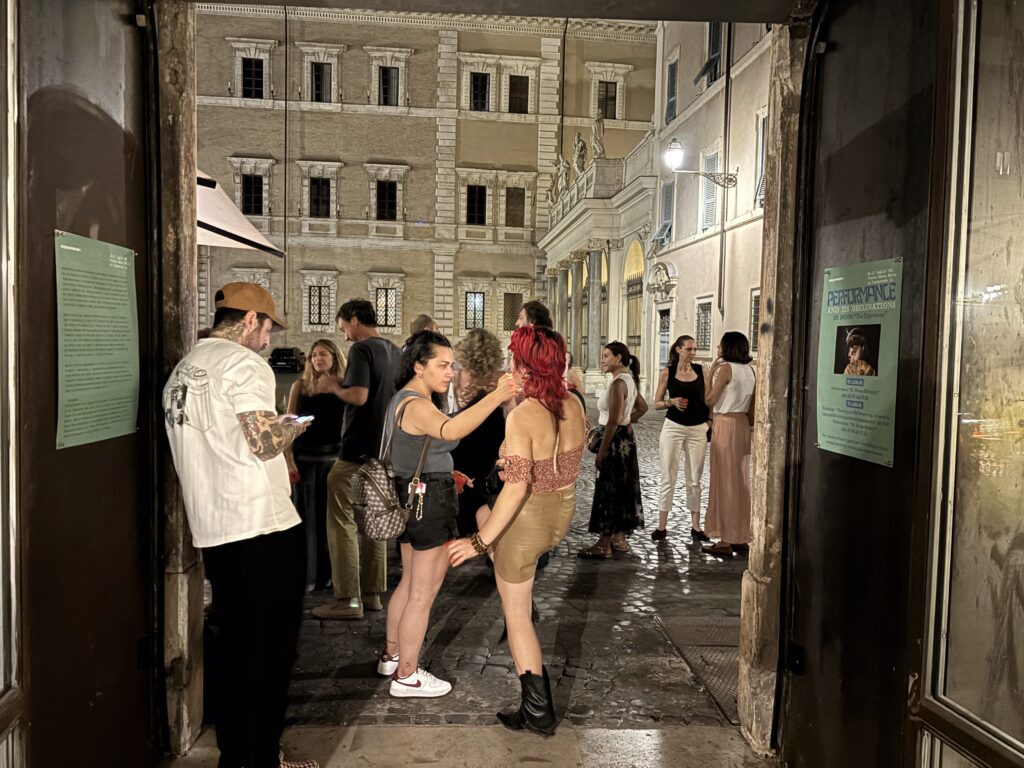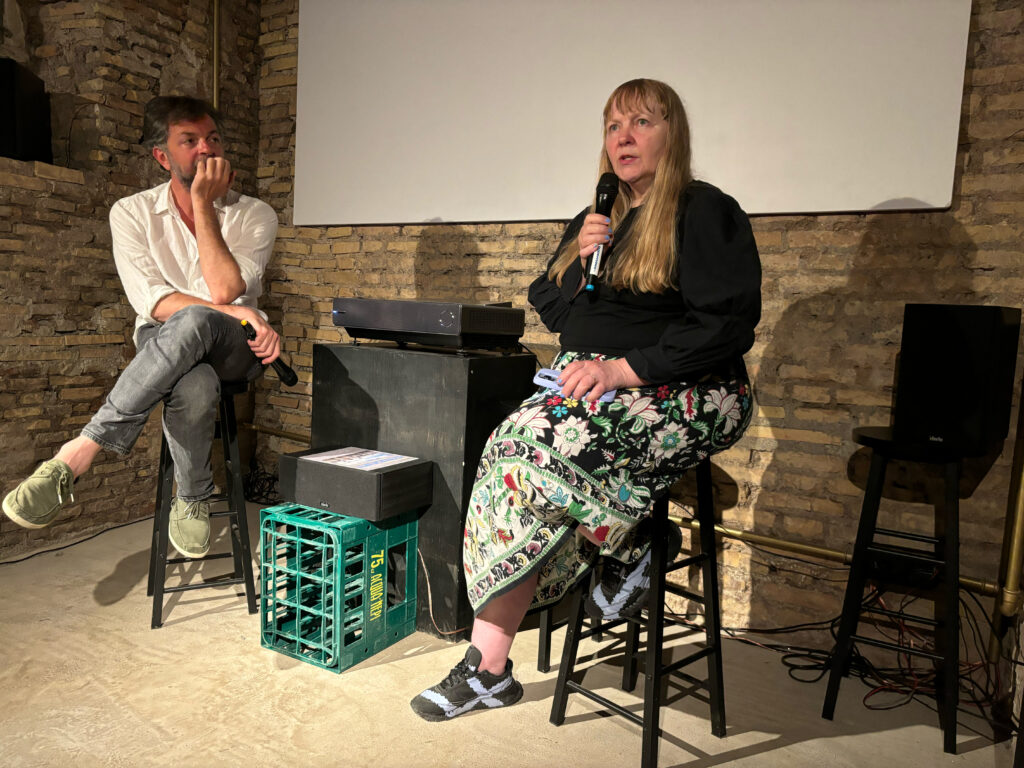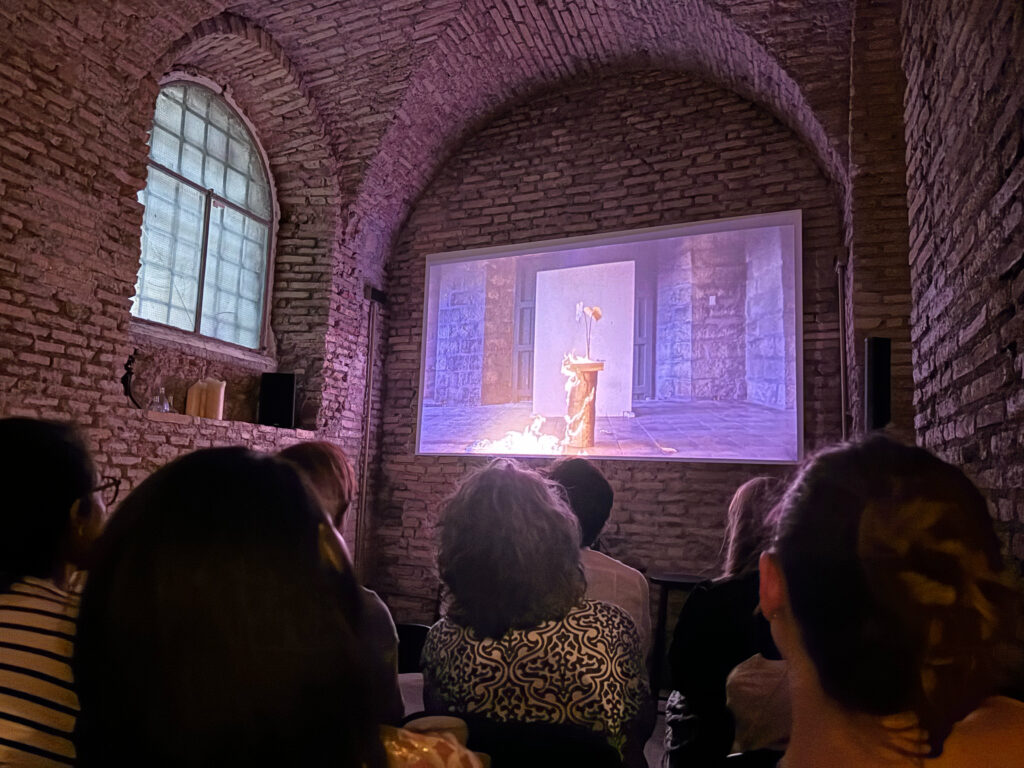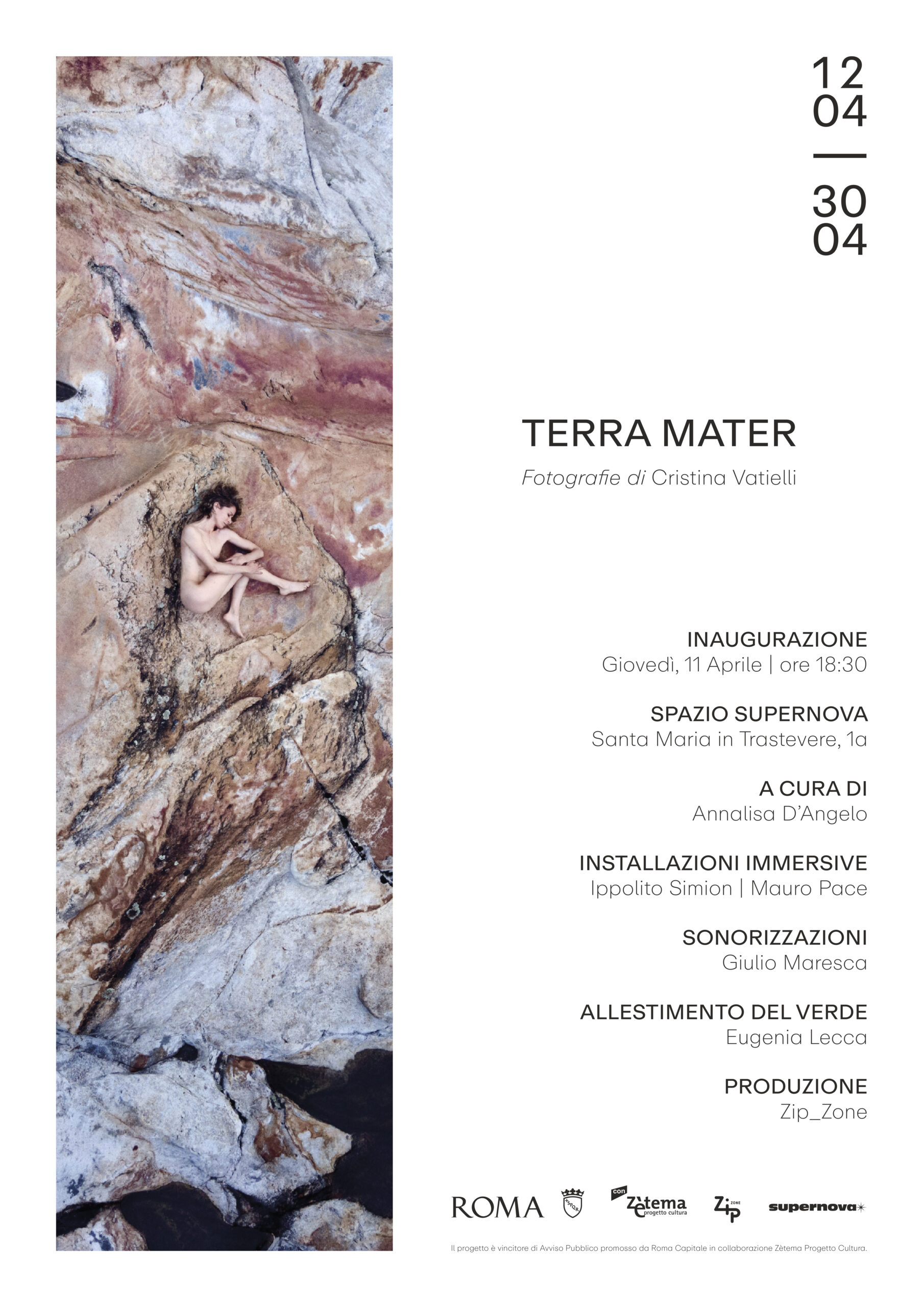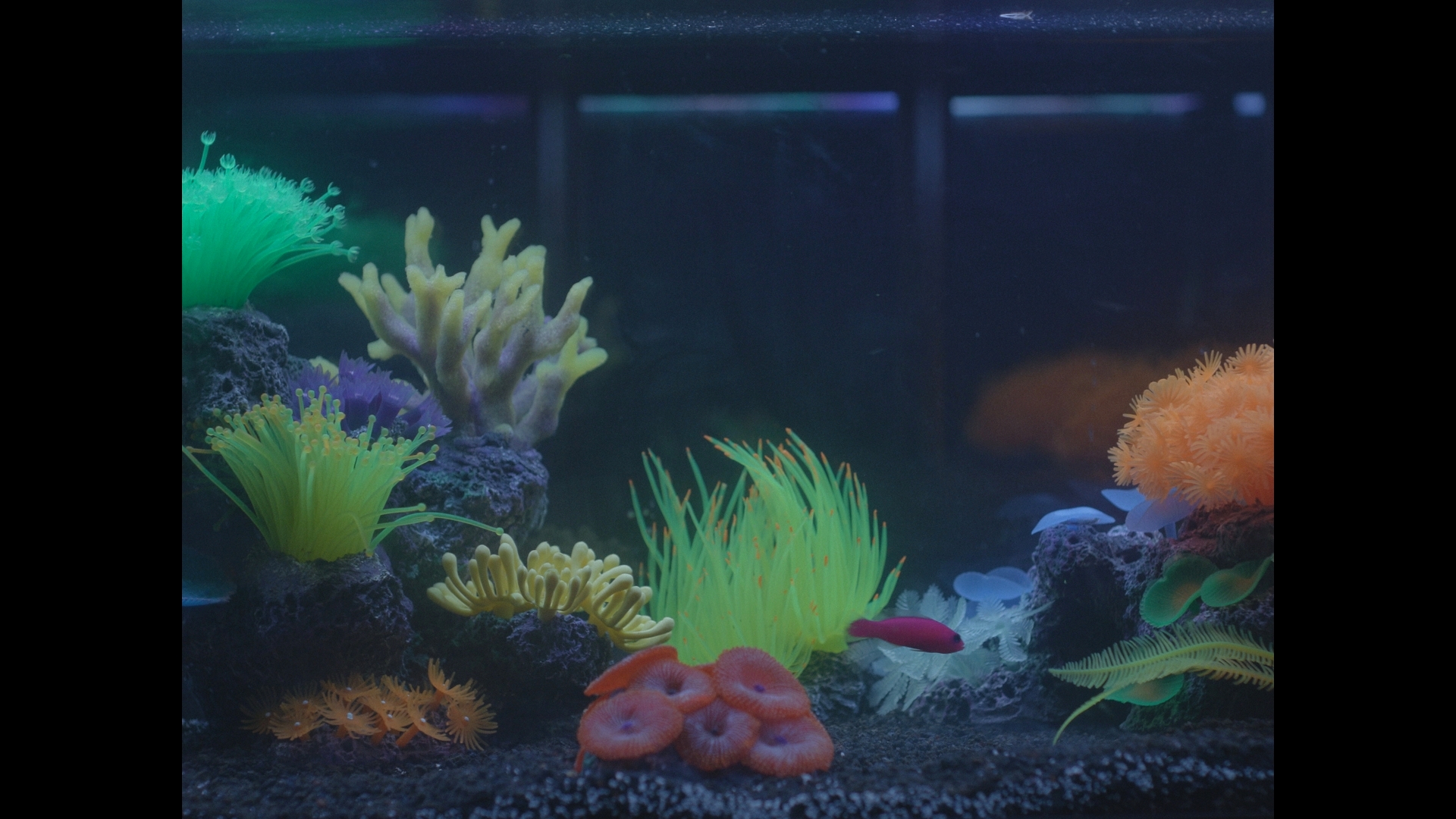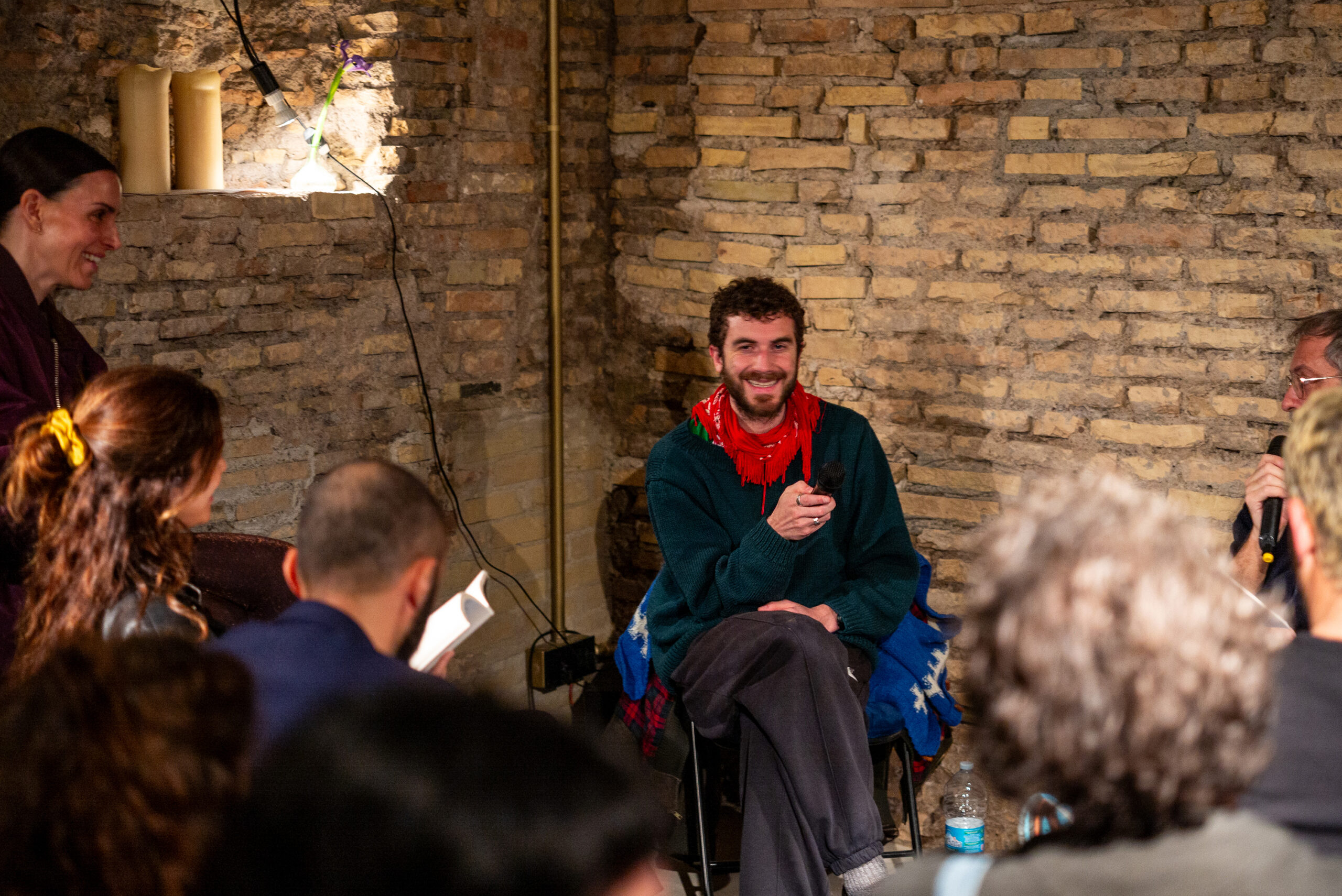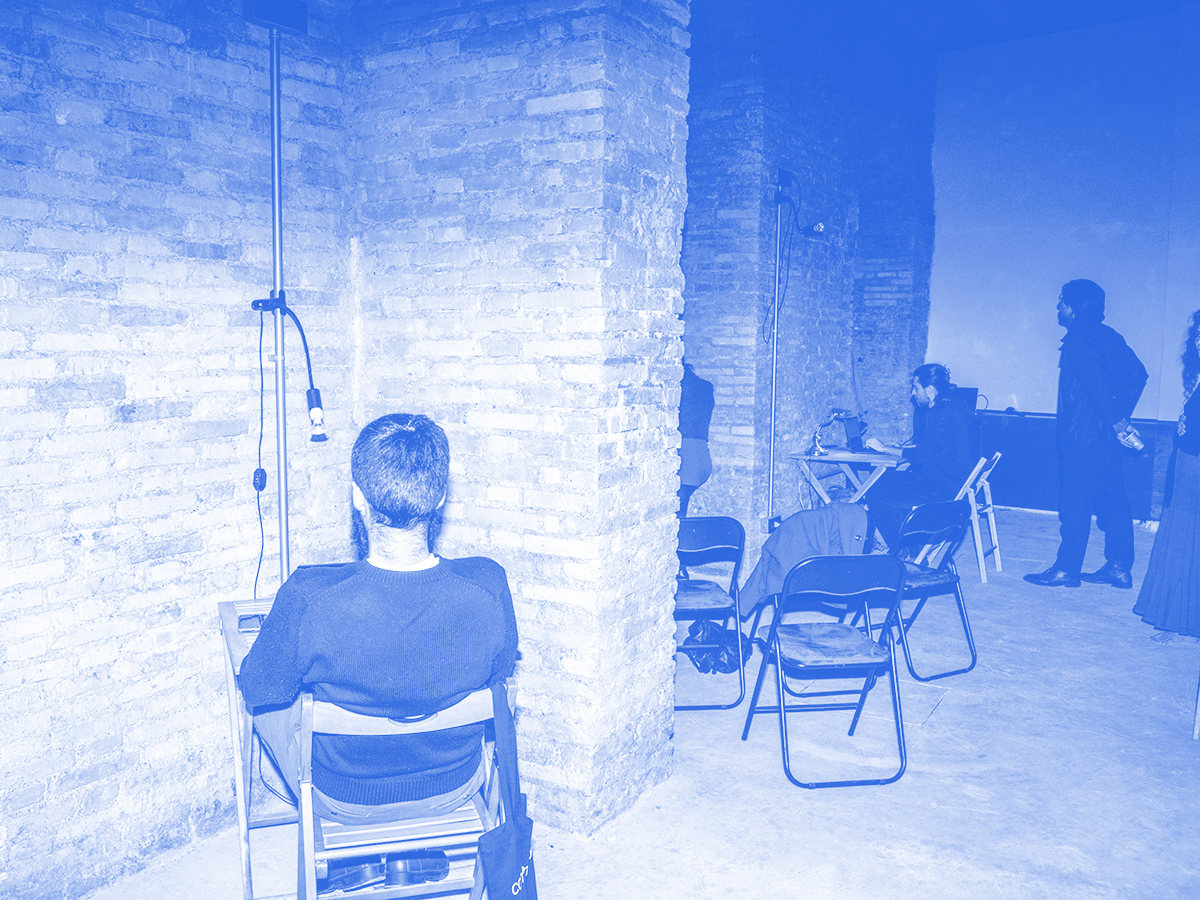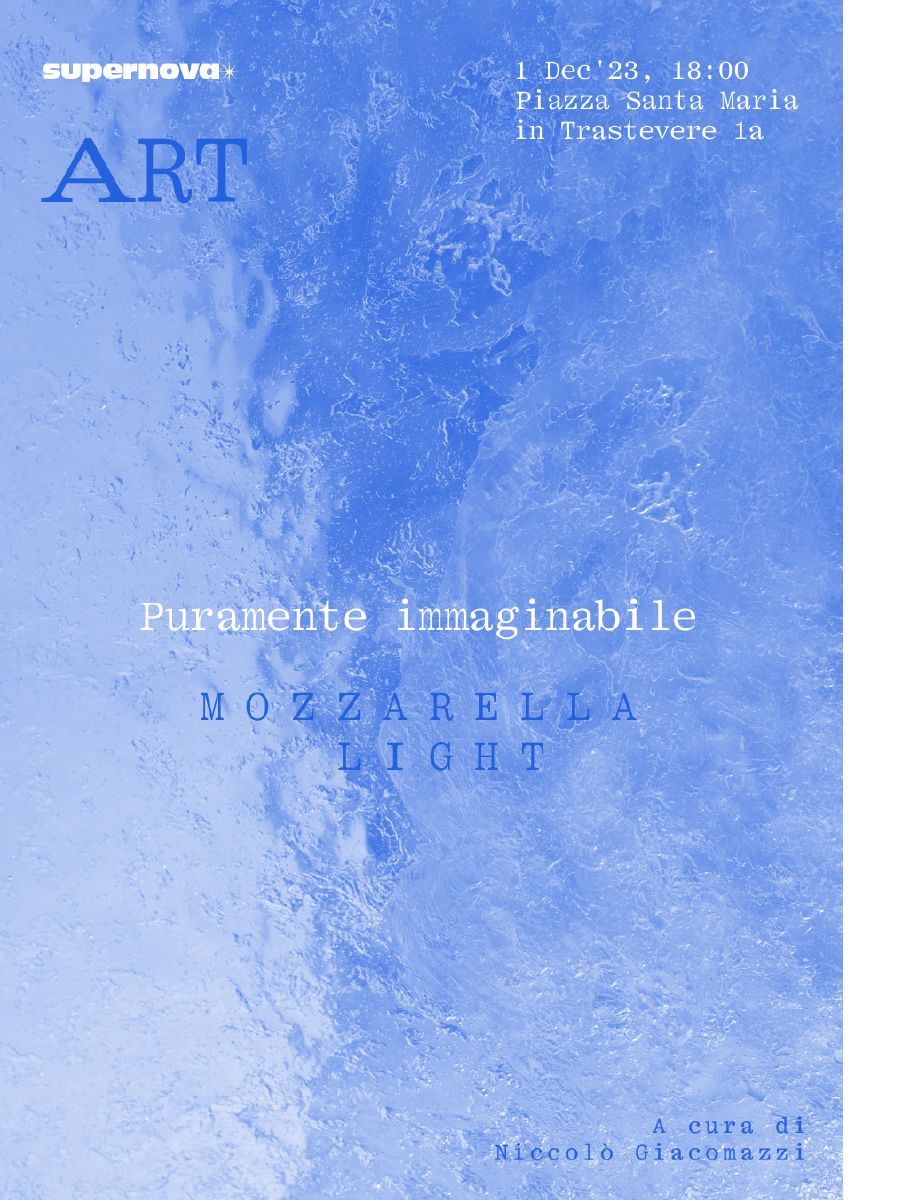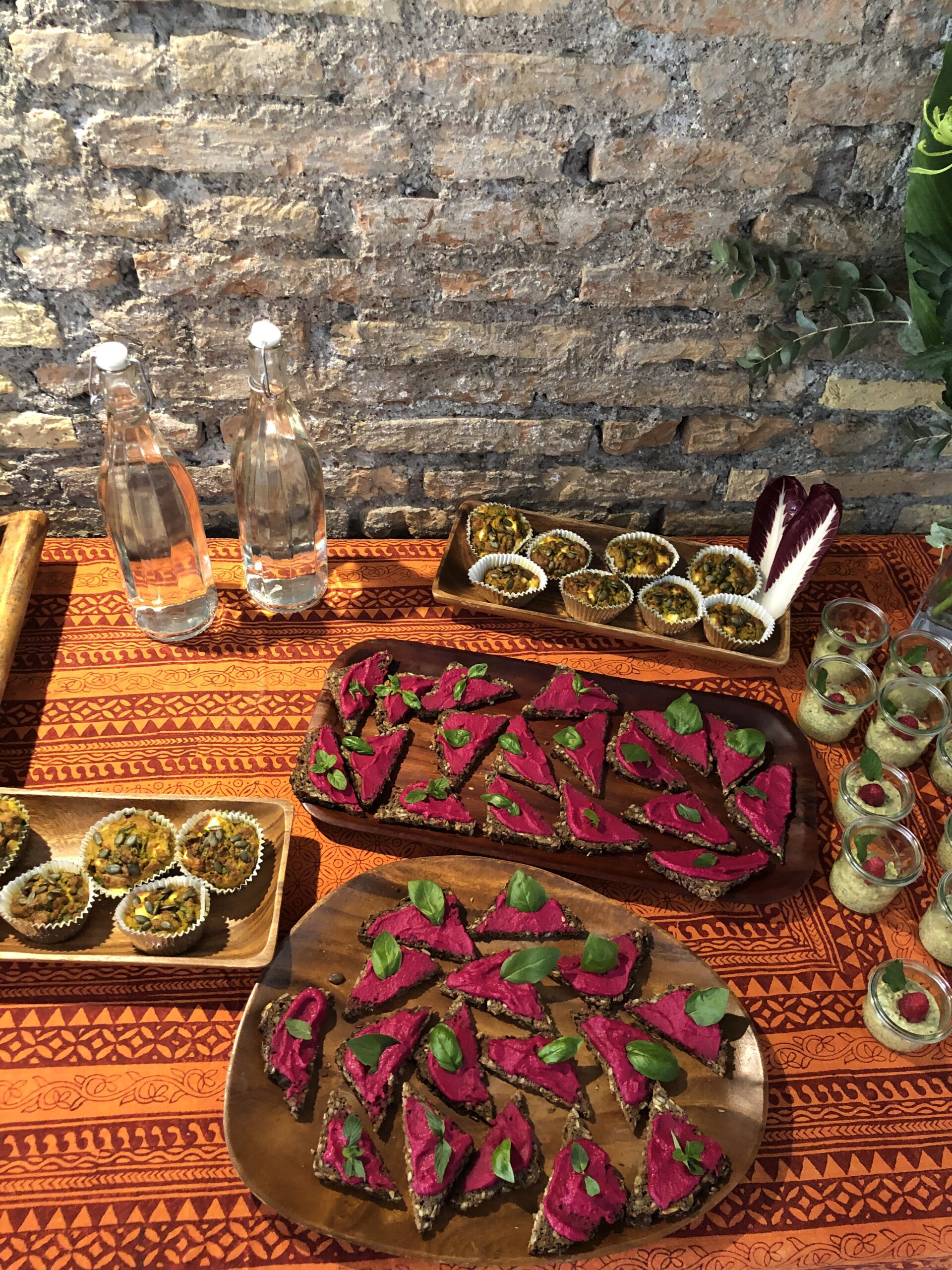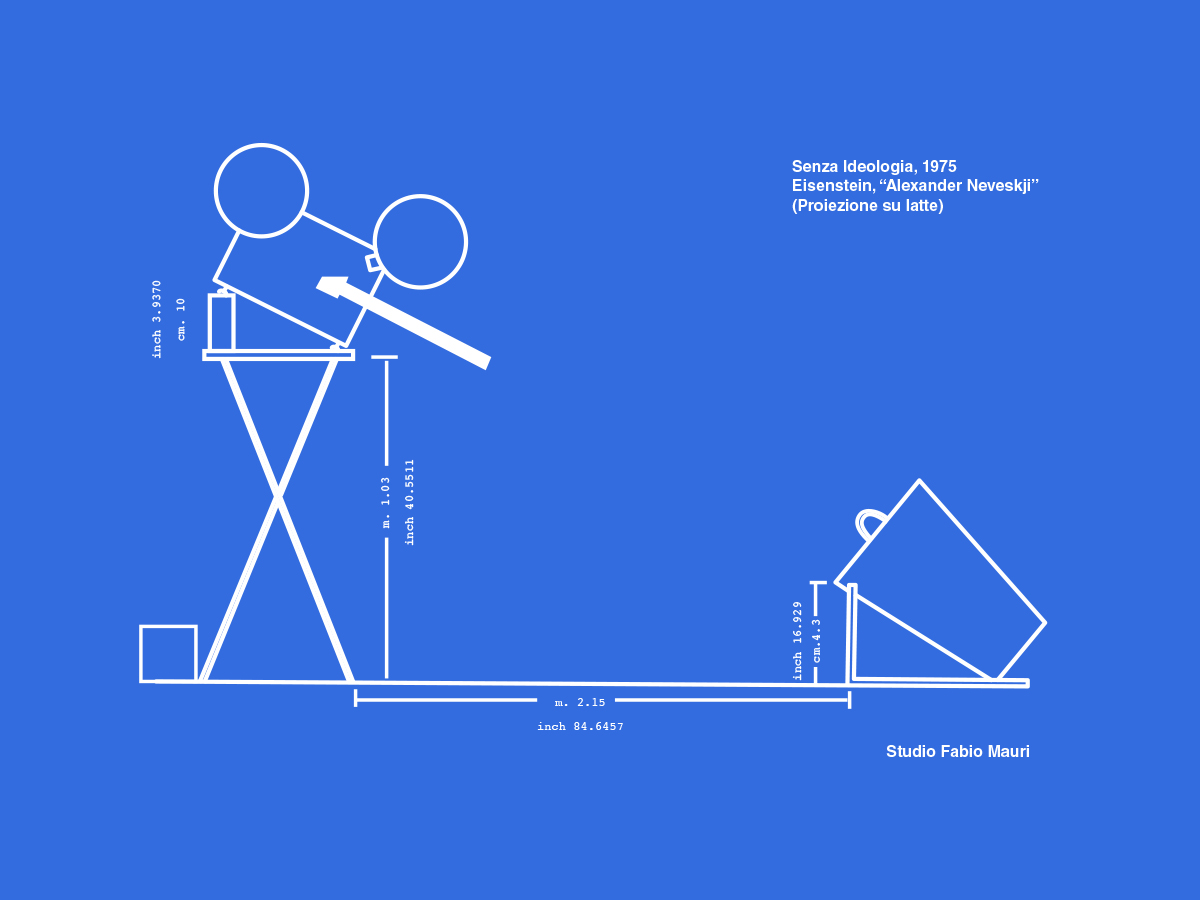September 15th at 6pm
Supernova presents “Along the Weight I Have Lost”, a solo exhibition by Wang Yuxiang, bringing together previously unseen works by the artist, curated by Niccolò Giacomazzi. The exhibition will be open until October 27, 2025.
The project grounds its visual research in the physical phenomena of alternation, flow, and evaporation within the contemporary urban space, focusing on the role of water molecules in constant transformation, in relation to movement and the complex interactions among city residents. This interest intertwines with the artist’s fascination with the theory of humors and with the dialectical relationship between the human body and humidity in traditional Chinese medicine.
The works presented by Wang Yuxiang have been conceived site-specifically for Supernova, exploring the relationship between fullness and emptiness in architecture, between temperature and humidity.
The artist’s encounter with daily life sparked in him an interest in a concept that finds one of its most complete expressions precisely in the Chinese language: Yuanfen.
The word Yuanfen, “to have destiny without a destiny,” expresses the idea of fortuitous encounters and coincidences linked to an inexplicable past and future, describing the fate and circumstances that bring people to cross paths. At first glance, it may be associated with the concepts of cause and effect, relationship and emotion, but at its root lie many pre-existing conditions, including the will of heaven, fate, practice, and opportunity. In philosophical terms, it could be defined as necessity within chance, but this definition does not exhaust its meaning: destiny is not only predetermined in a previous life but also cultivated and created in the future. There are coincidences, but also deep connections and human warmth. It is difficult to establish what is divine will and what is human action, but both elements are essential. This term contributes to developing and completing the link between humidity, the human condition, and the theme of encounter, positioning itself as the poetic key of the entire project.
Wang spent the entire month of June 2025 at the Fonderia Artistica Battaglia in Milan to create one of the works on display, following an invitation to residency. “The bronze casting, at the heart of this process, requires collaboration and mutual listening with the master founders,” Wang says. “It is a technique that forces one to synthesize the work in the most essential way possible, respecting materiality, effort, and the logic of nature. It is a journey that unites passion, alchemy, temperature, and ethics, transforming thought into living matter.”
Along the Weight I Have Lost weaves a narrative in which destiny becomes the invisible thread between contemporary existences, traversing memory, transformation, and interdependence.
Wang Yuxiang
Wang Yuxiang was born in 1997 in Anhui, China. He lives and works in Rome.
His research focuses on merging Mediterranean and Eastern culture through the use of simple materials and a concise visual language, straddling his travels and his birthplace. Time, history, and memory are the conceptual themes that guide his work. The artist distances himself from the places where he intervenes, analyzes their particularities, and restores them through the visual architecture of site-specific works. Influenced by deconstructivism, he conducts preliminary investigations and research into the environment of the place of creation before beginning his work, later intervening locally. In this context, the selection and arrangement of materials intertwine, establishing a coherent minimalist dialectic on the weight of historical memory and the questioning of burdensome yet deeply rooted images within culture.
The themes he explores revolve around reflecting on the hidden values of the landscape in the context of deconstruction. Among his latest solo exhibitions are: Even the Sun Rises, curated by Marcello Smarrelli, text by Giuliana Benassi, Fondazione Pastificio Cerere, Rome (2024); Think of Leaving, National Etruscan Museum of Villa Giulia, Rome (2023); RICCHIAMO, curated by Niccolò Giacomazzi, Spazio Y, Rome (2022).
He has also participated in several group exhibitions, including: Checkmate, text by Giuliana Benassi, Mimmo Scognamiglio artecontemporanea, Milan (2024); STATE OF UNEXPECTEDNESS, curated by Flaminia Ciuferri and Niccolò Giacomazzi, Scoletta di San Giovanni Battista in Bragora, Campo Bandiera e Moro, Venice (2024); My Generation: The Art of Post-90!, curated by Wang Chunchen, Sun Dake, Gu Pinqiao, Jia Qianfan, Shanxi Contemporary Art Museum, Taiyuan, China (2023); Parallel East/West, curated by Graziano Menolascina, Mimmo Scognamiglio artecontemporanea, Milan (2022); Vacunalia: The Unkind Time, curated by Niccolò Giacomazzi and Benedetta Monti, Vacone (RI) (2022); Davide Salle | Enzo Cucchi | Wang Yuxiang, curated by Graziano Menolascina, PRAC Centro Per l’Arte Contemporanea, Ponzano Romano (2022).
Opening: September 15, 2025, from 6pm to 9.30pm
Closing: November 17, 2025
Exhibition design: Sauro Radicchi, Giorgio Merlani
Production: Fonderia Artistica Battaglia, Milan
For further information, please write to info@spazio-supernova.com

